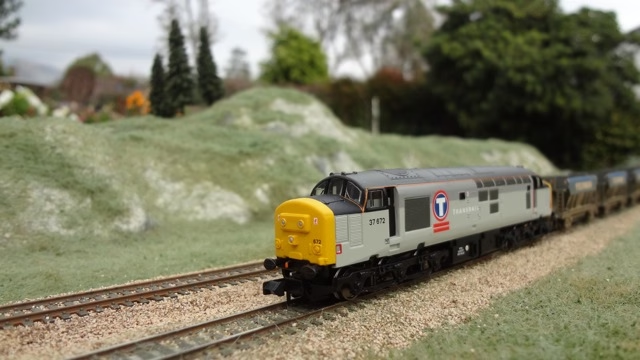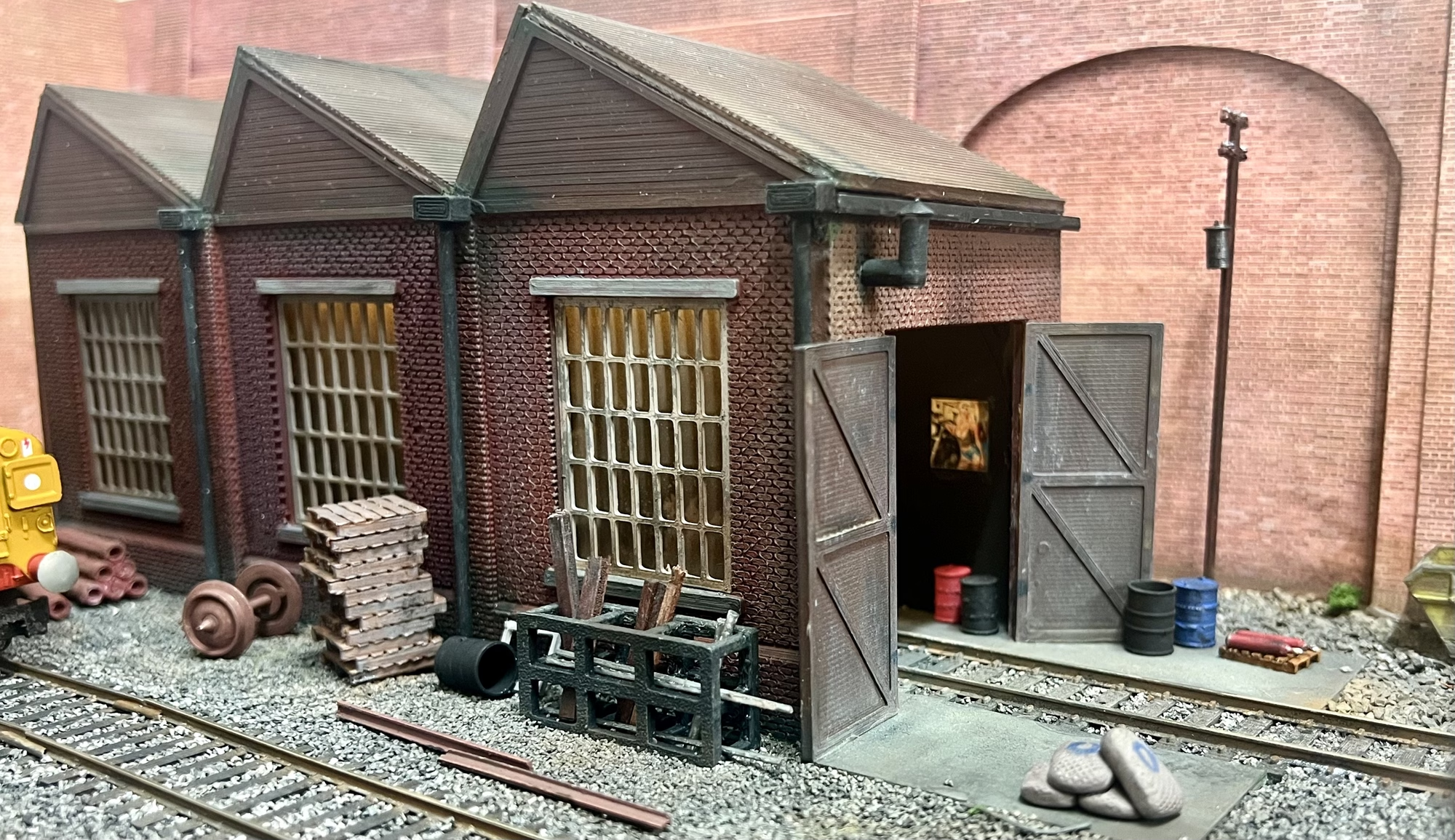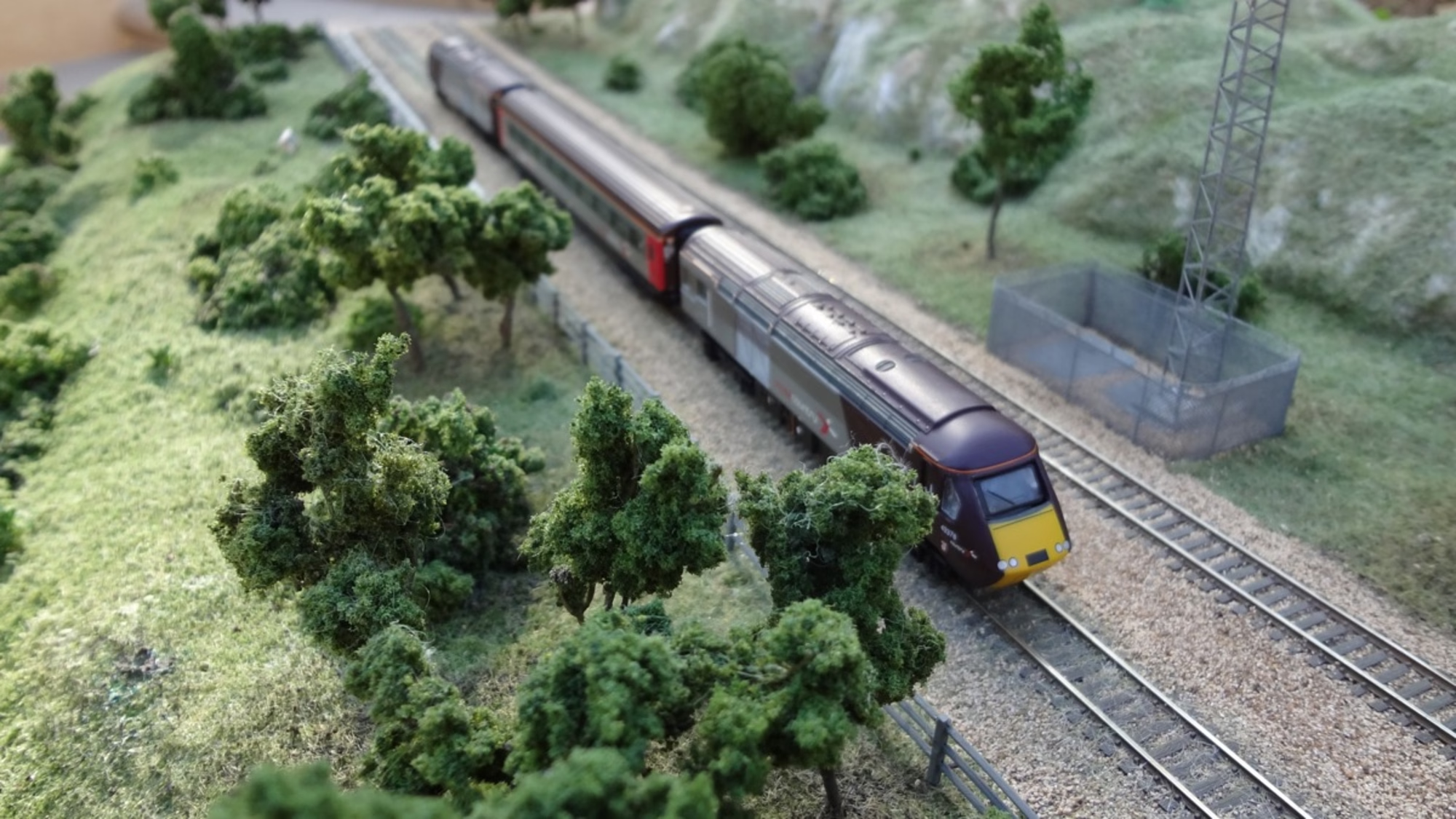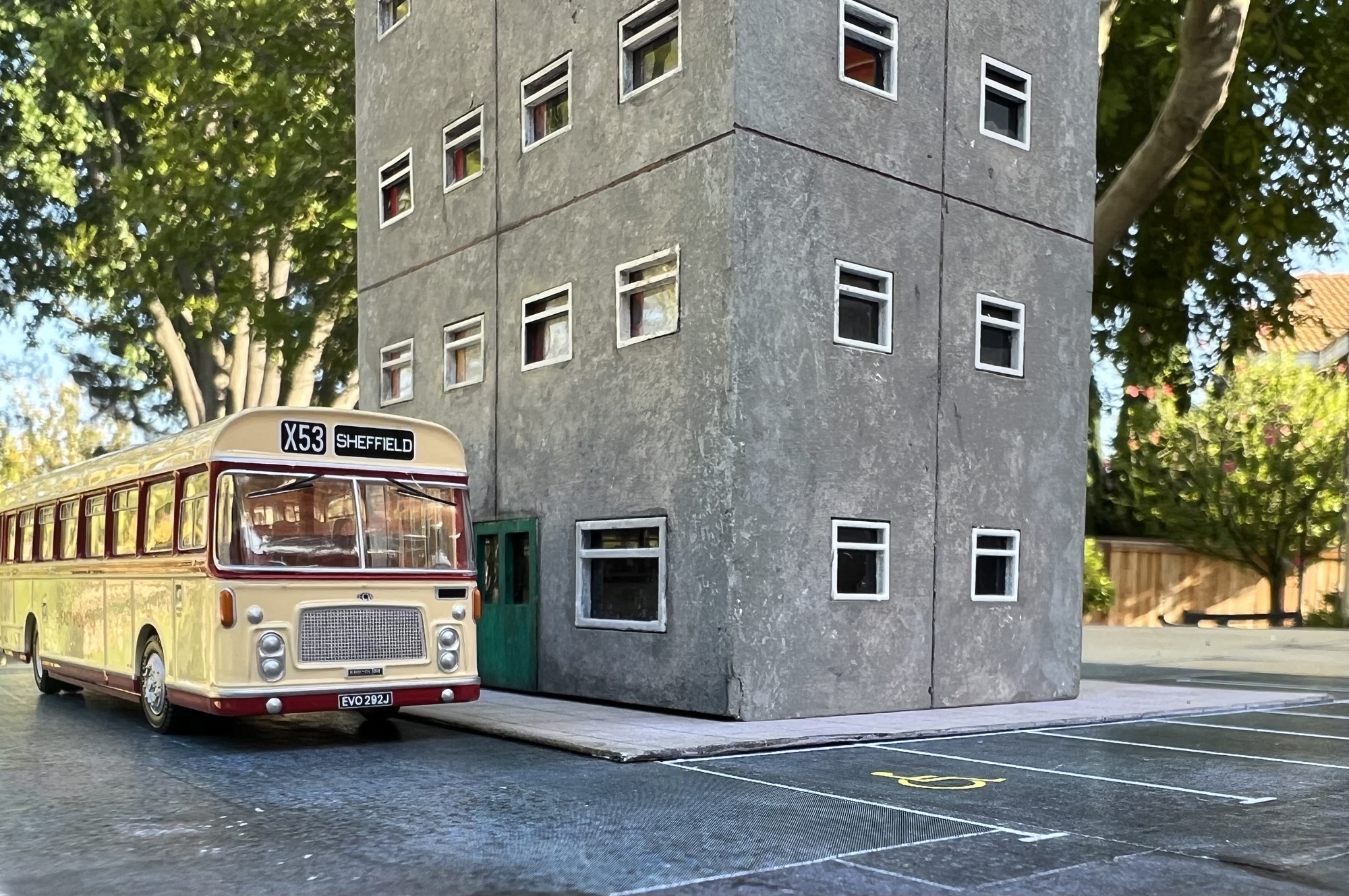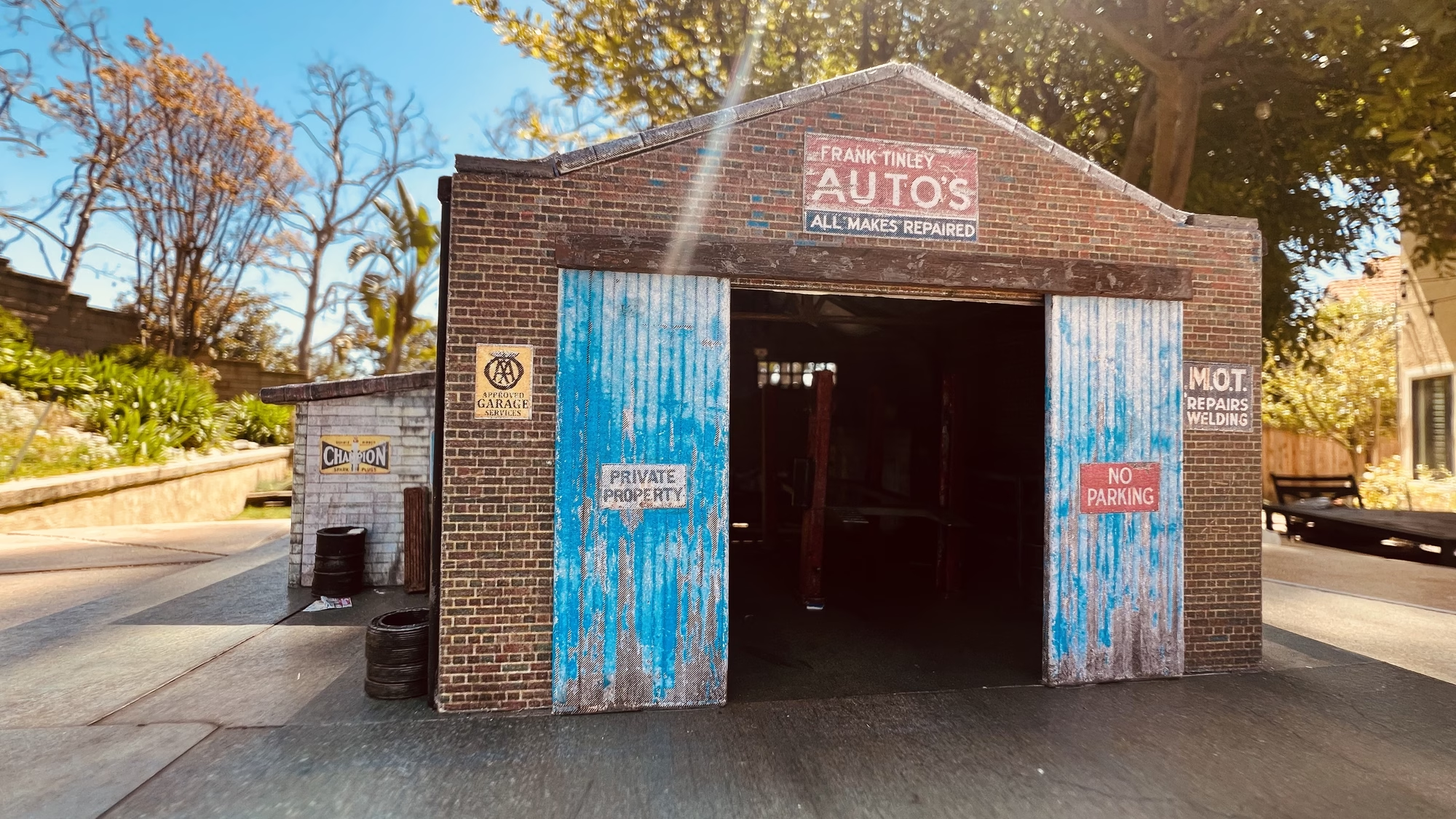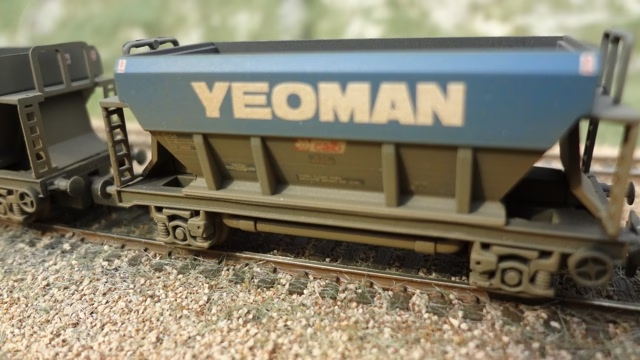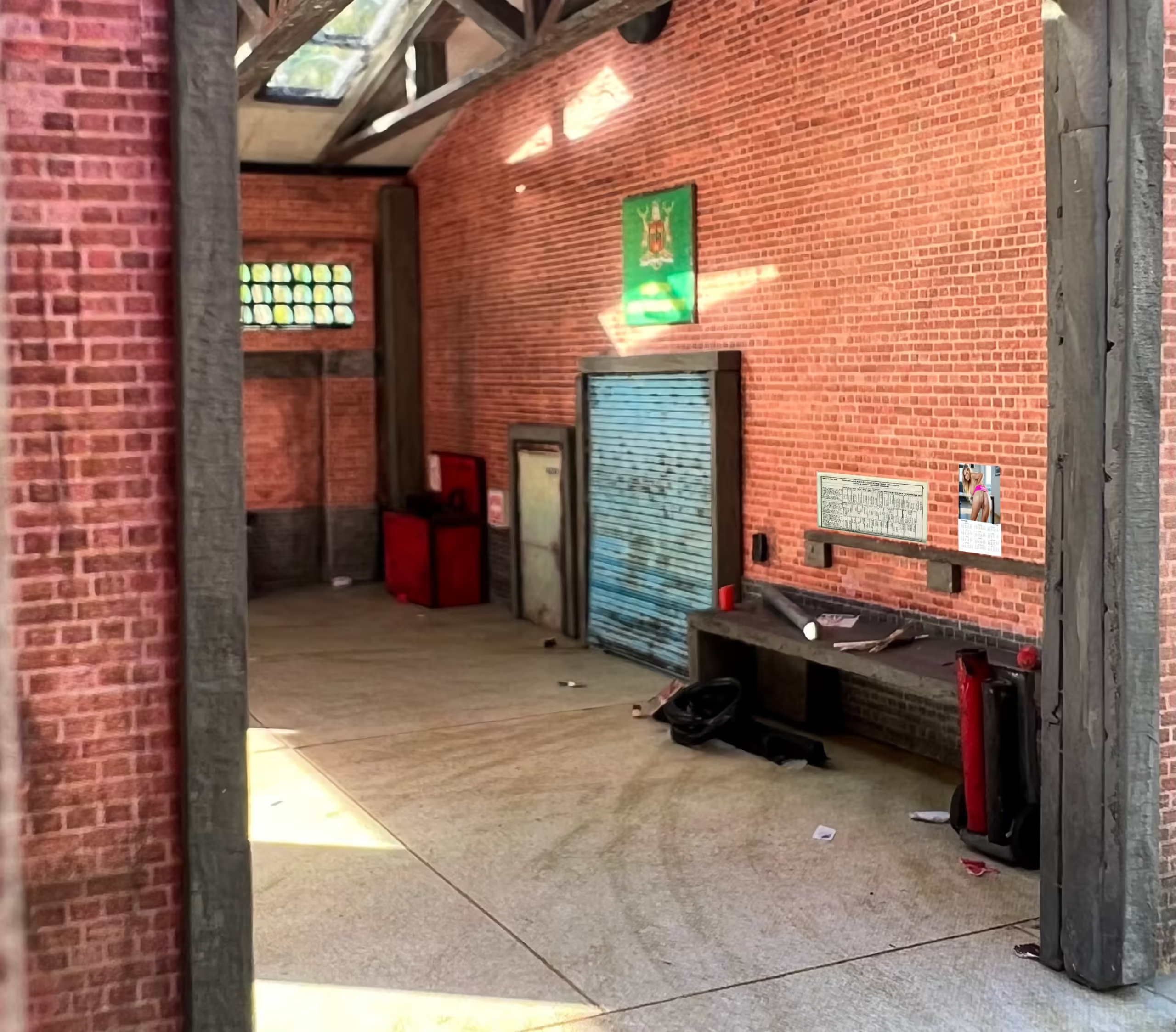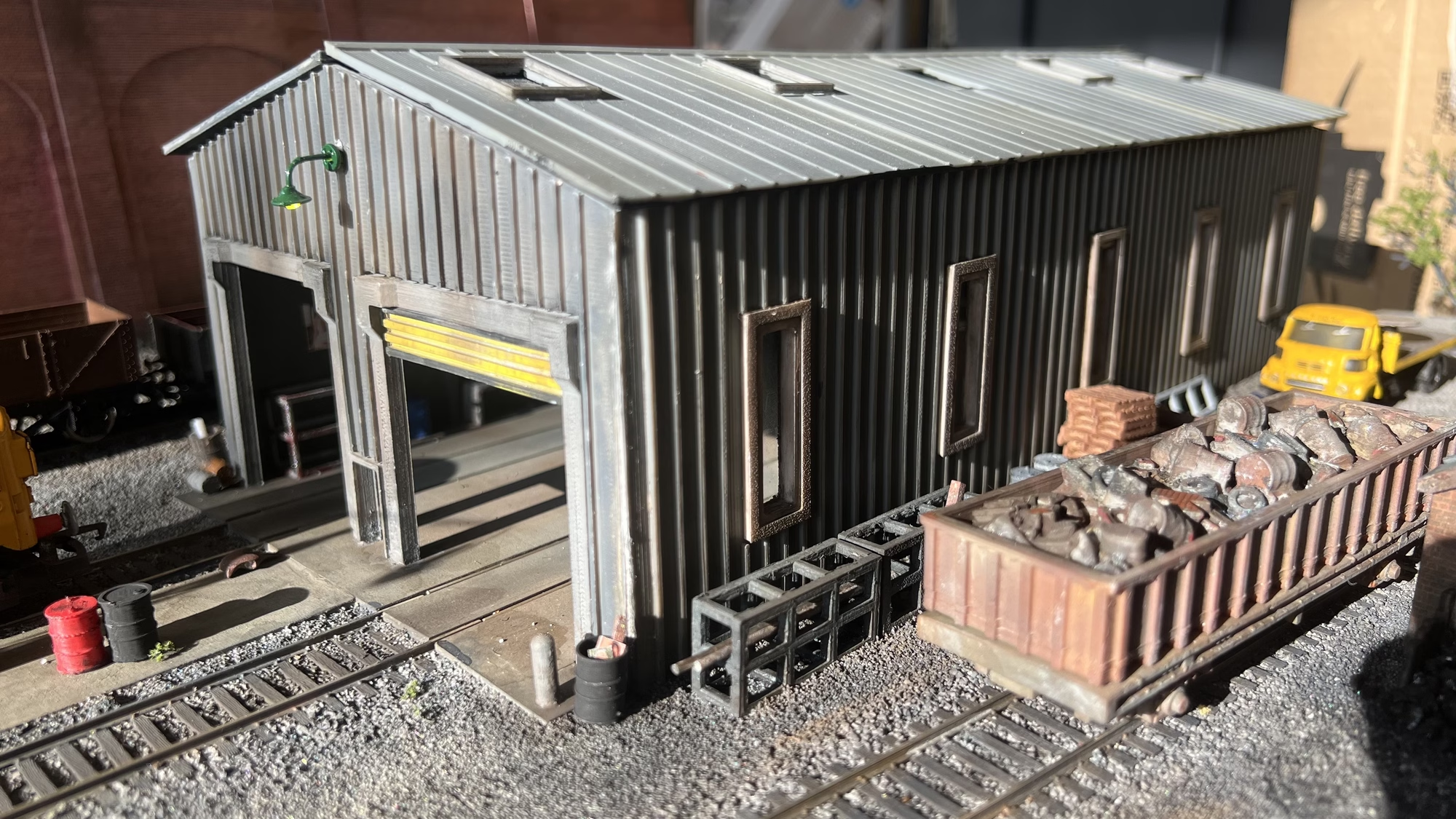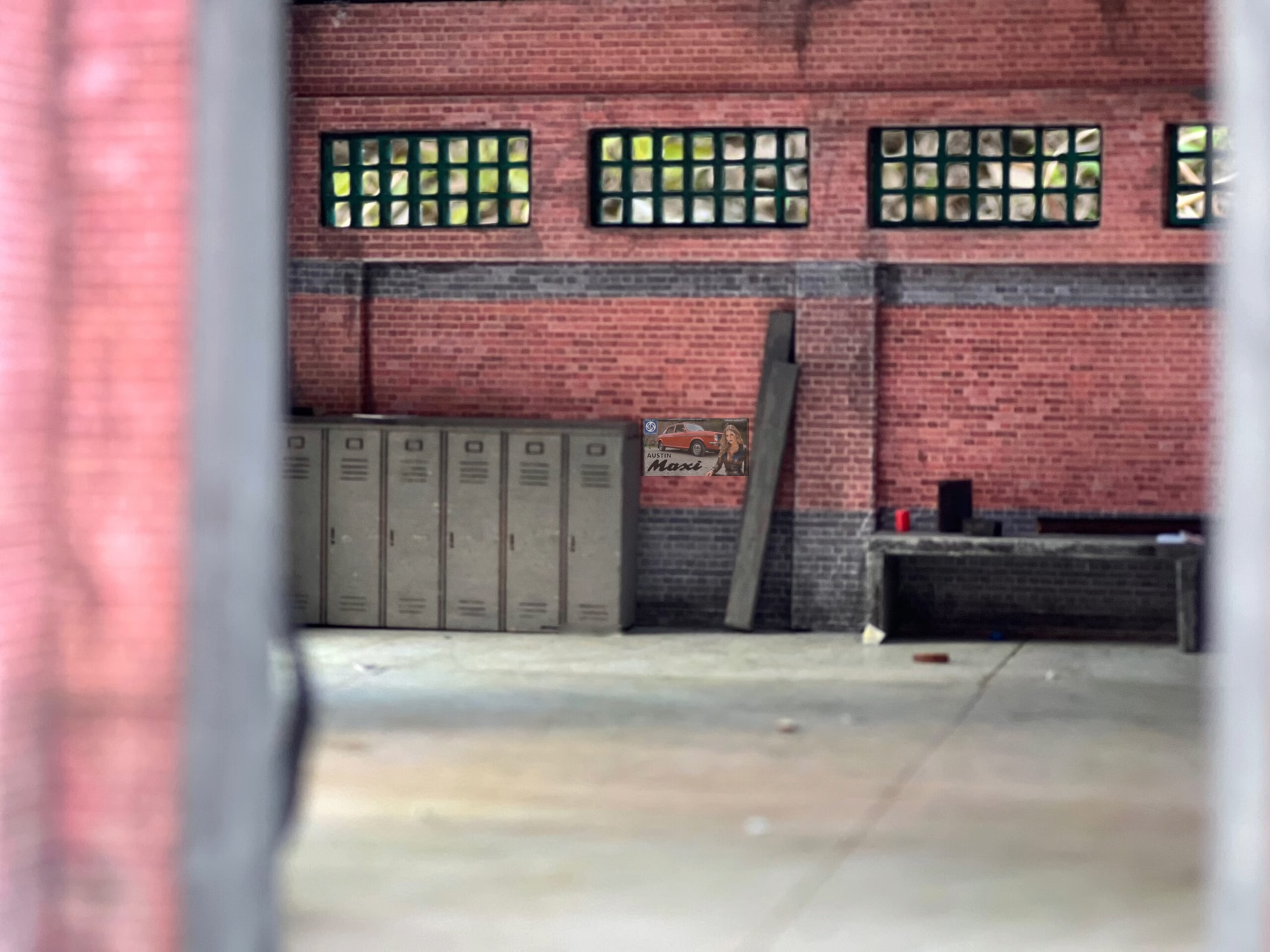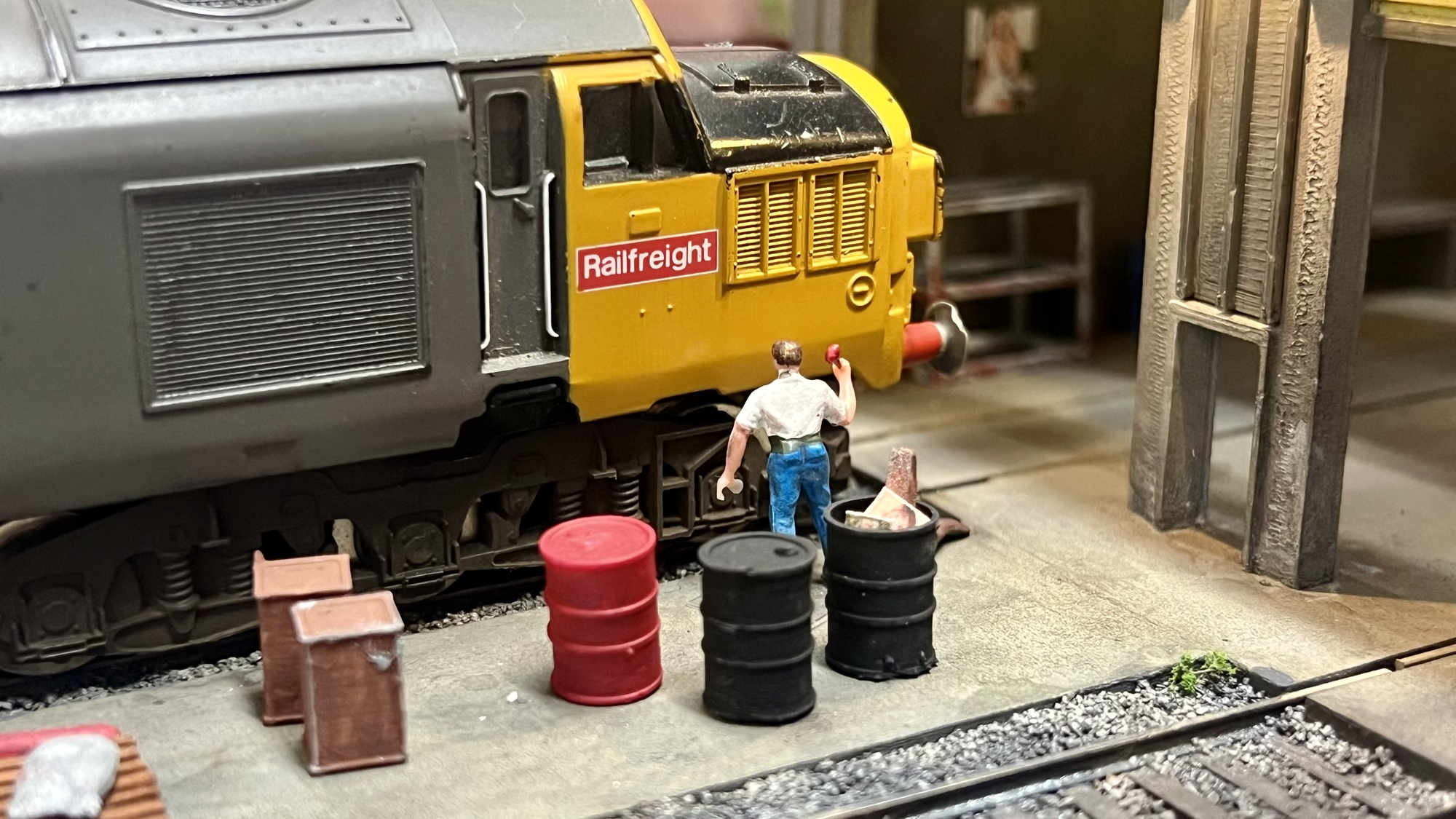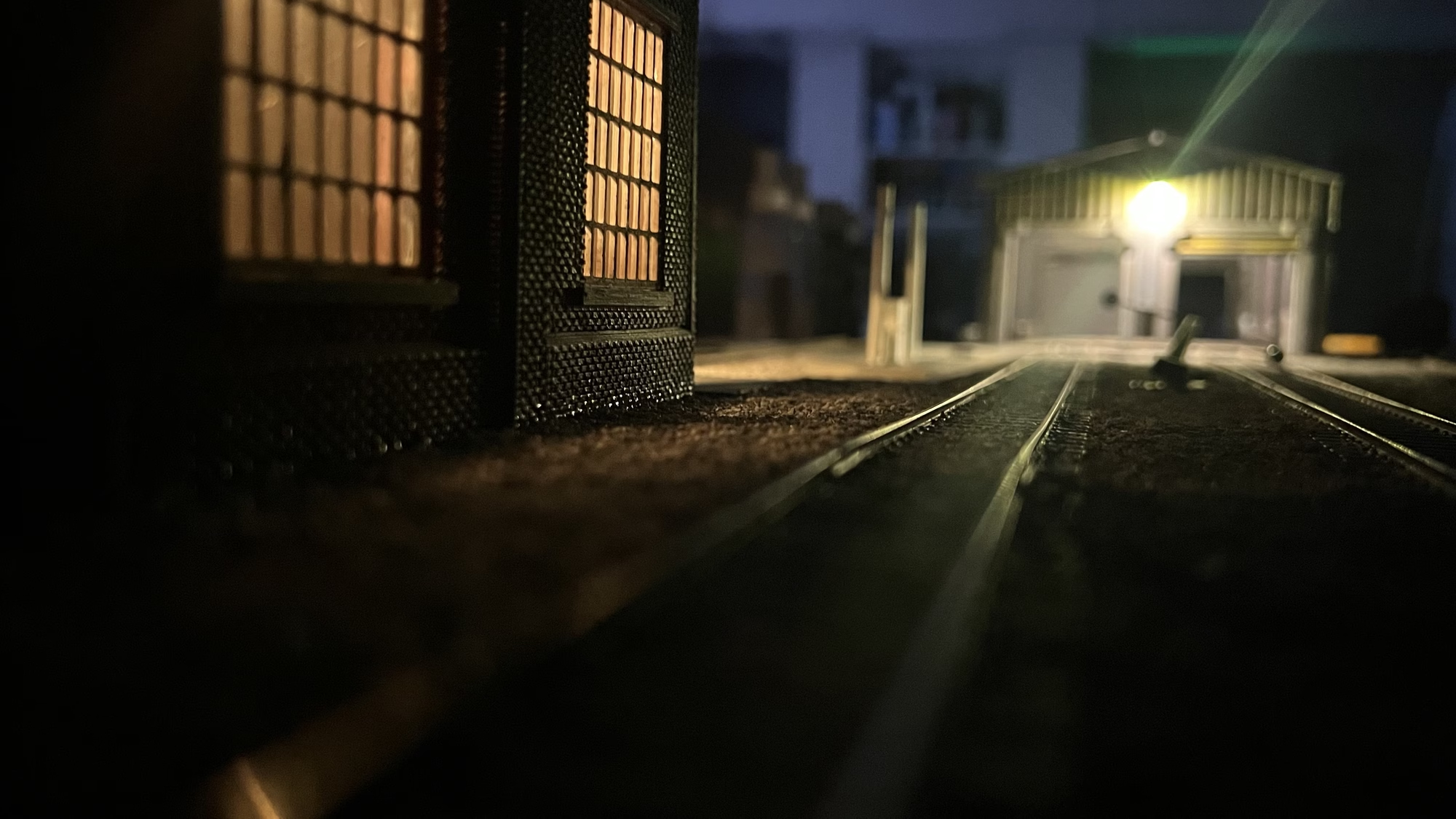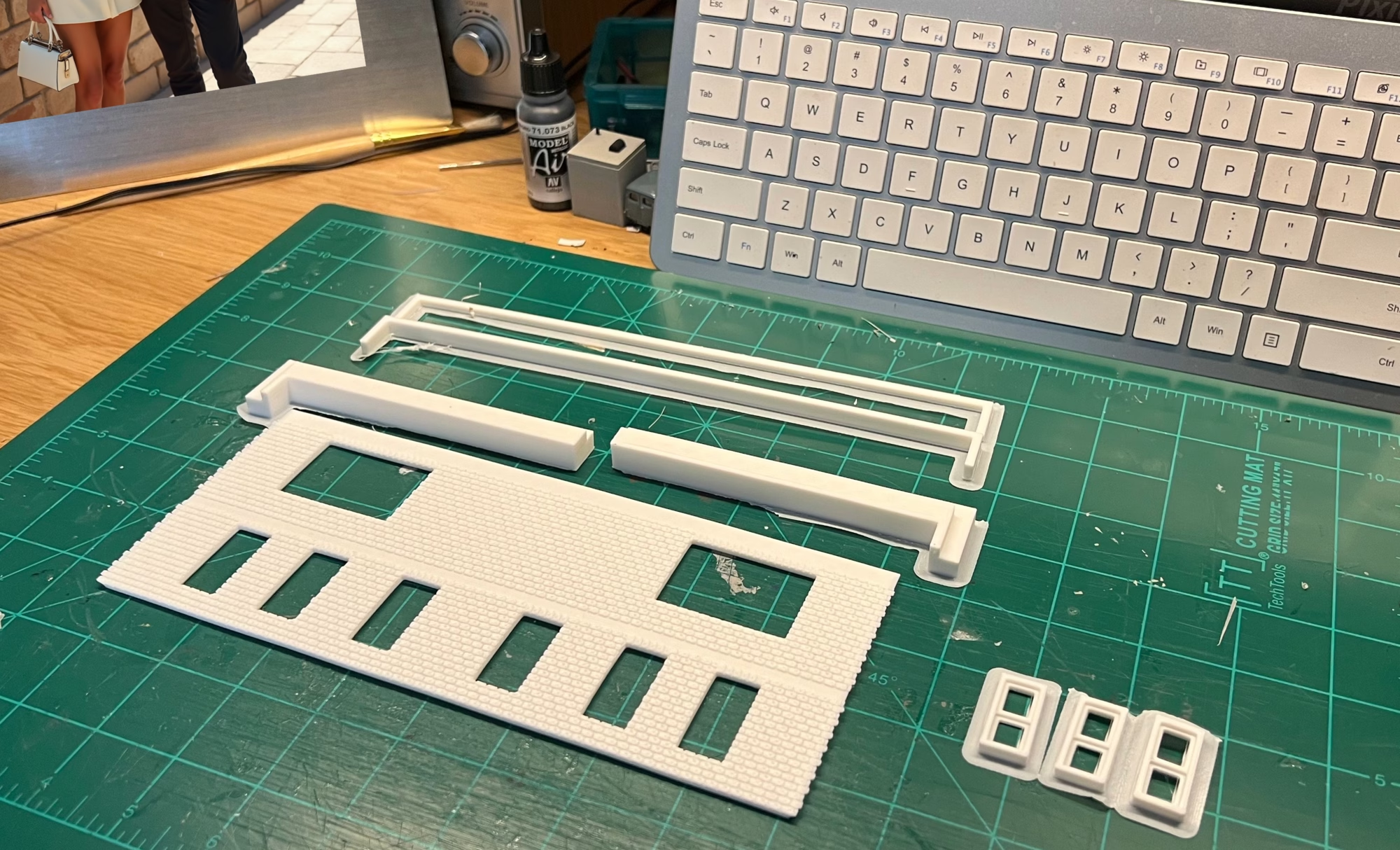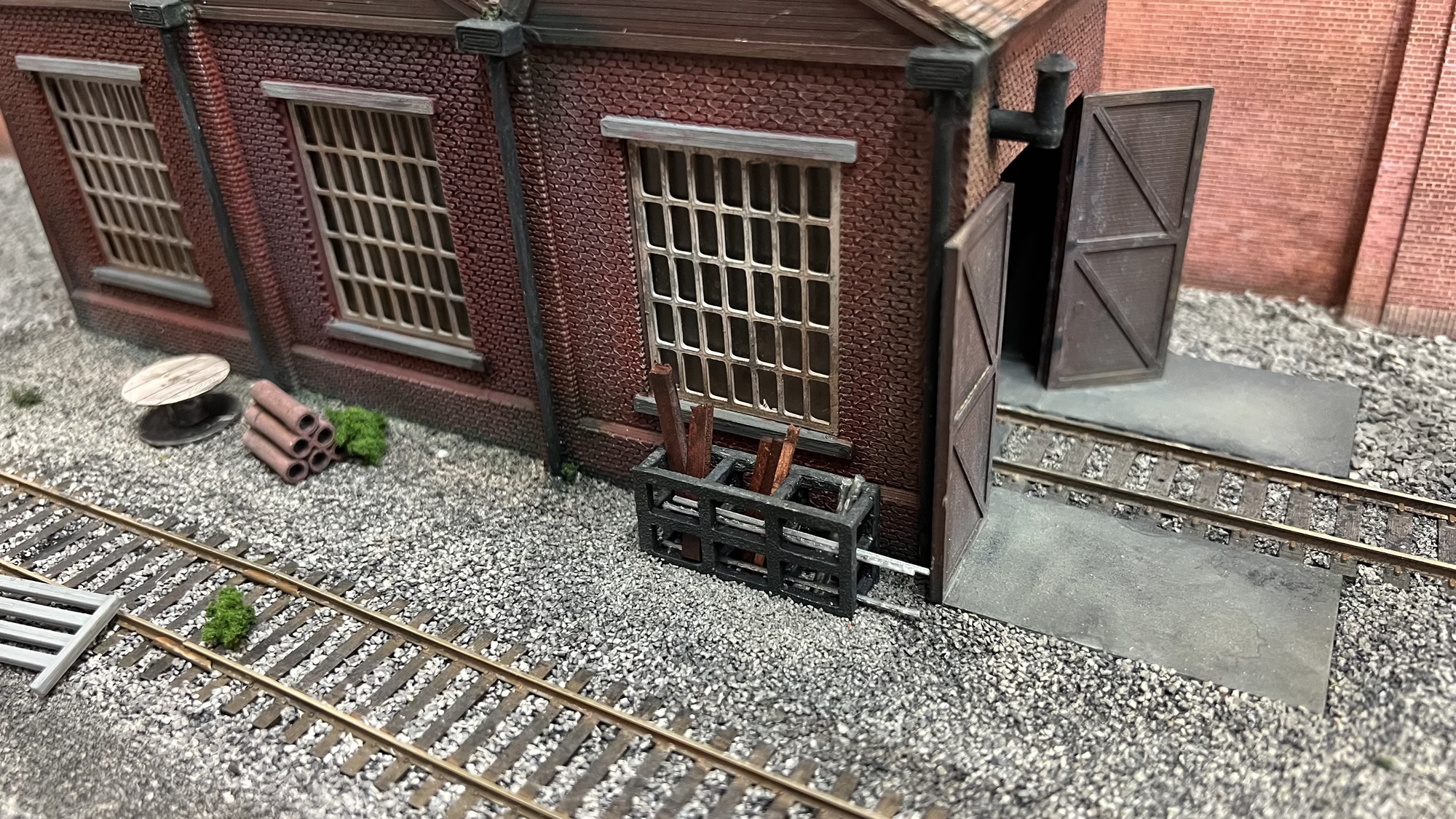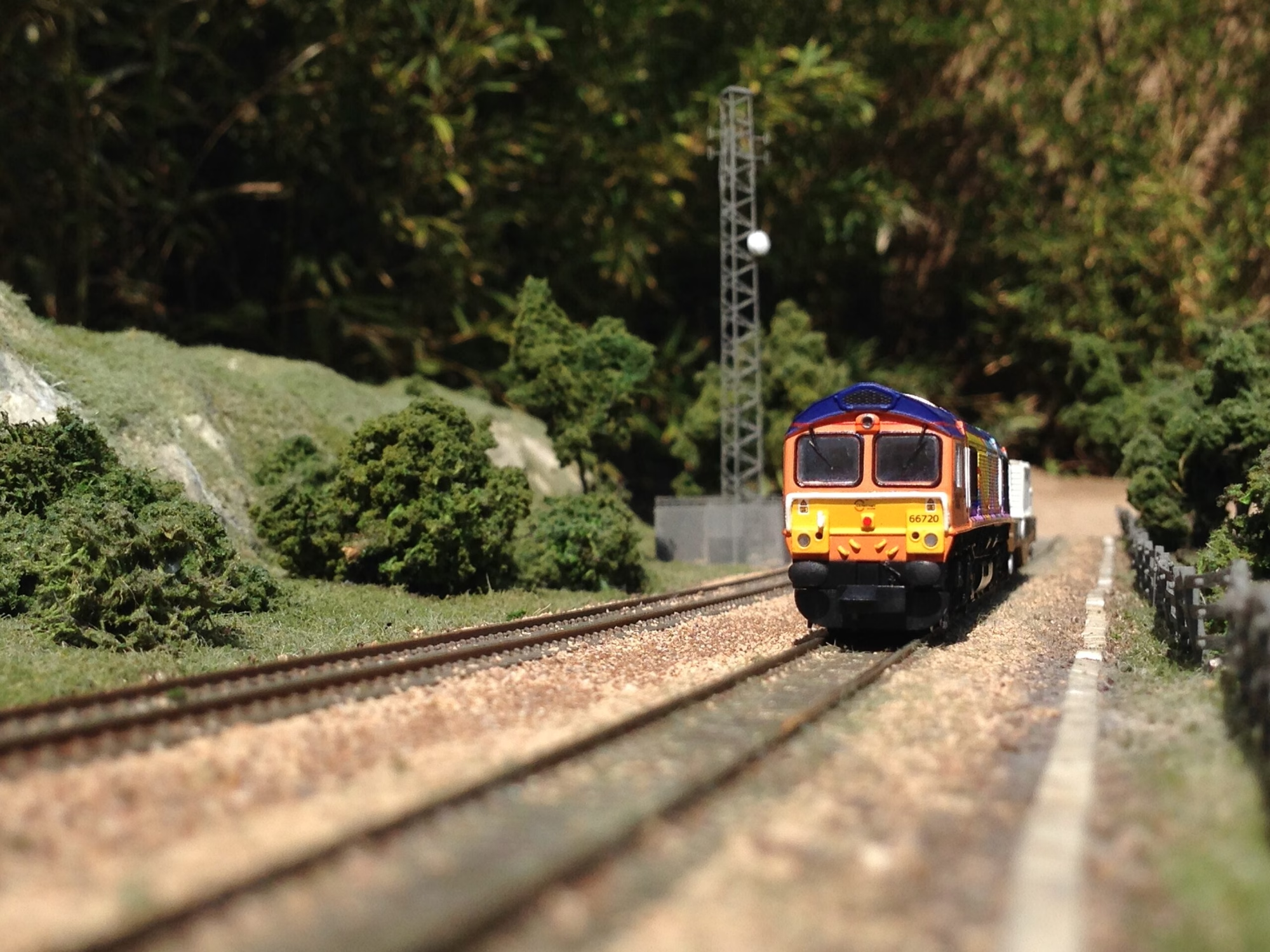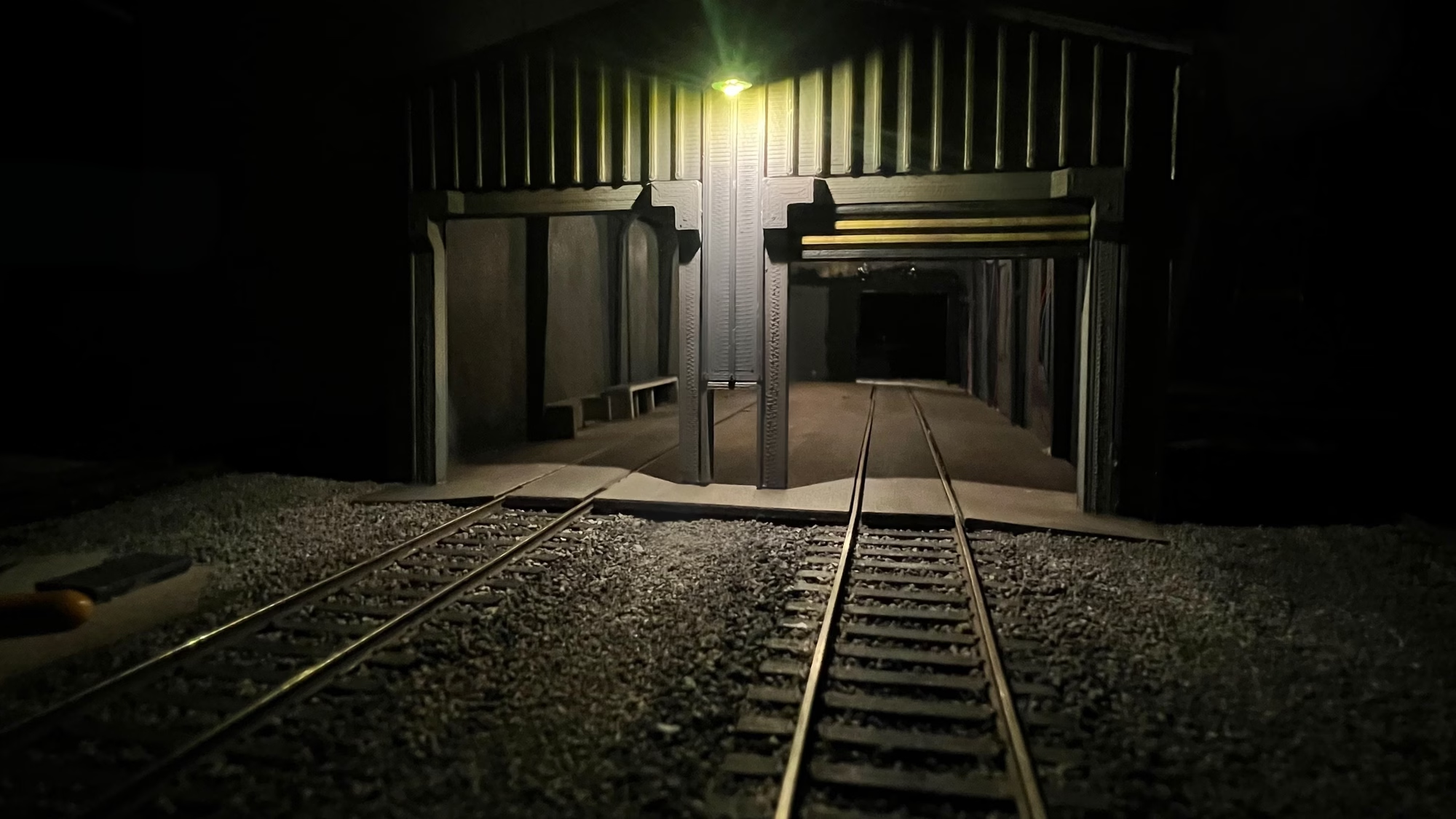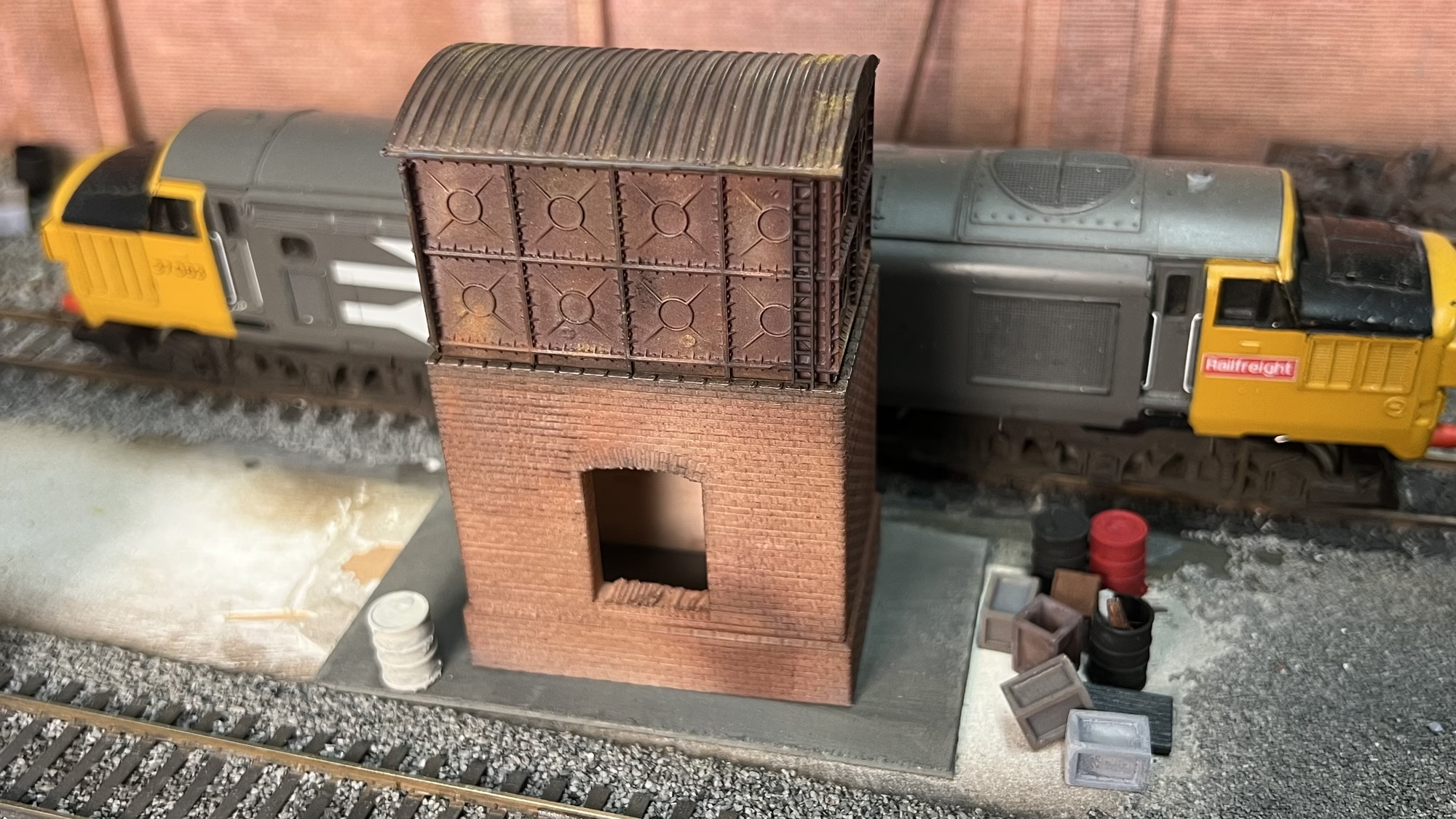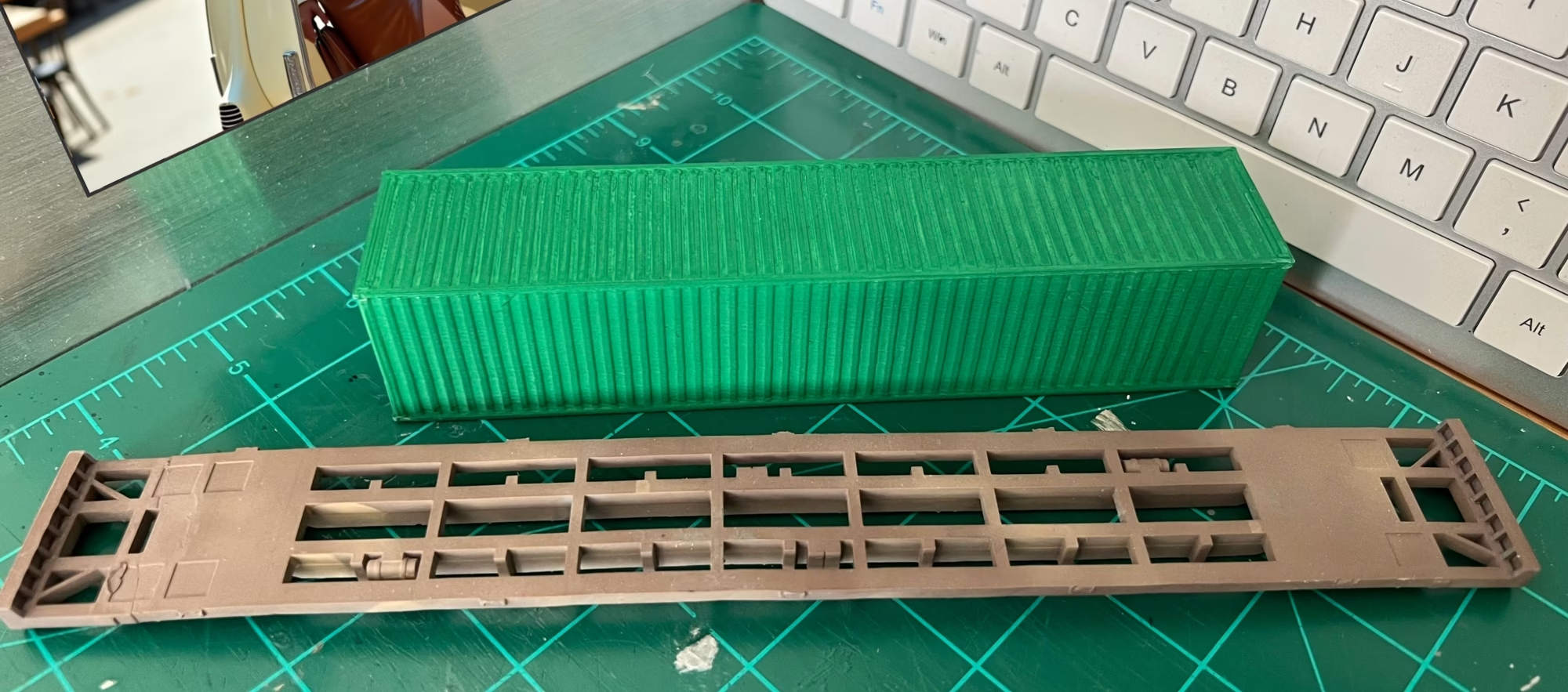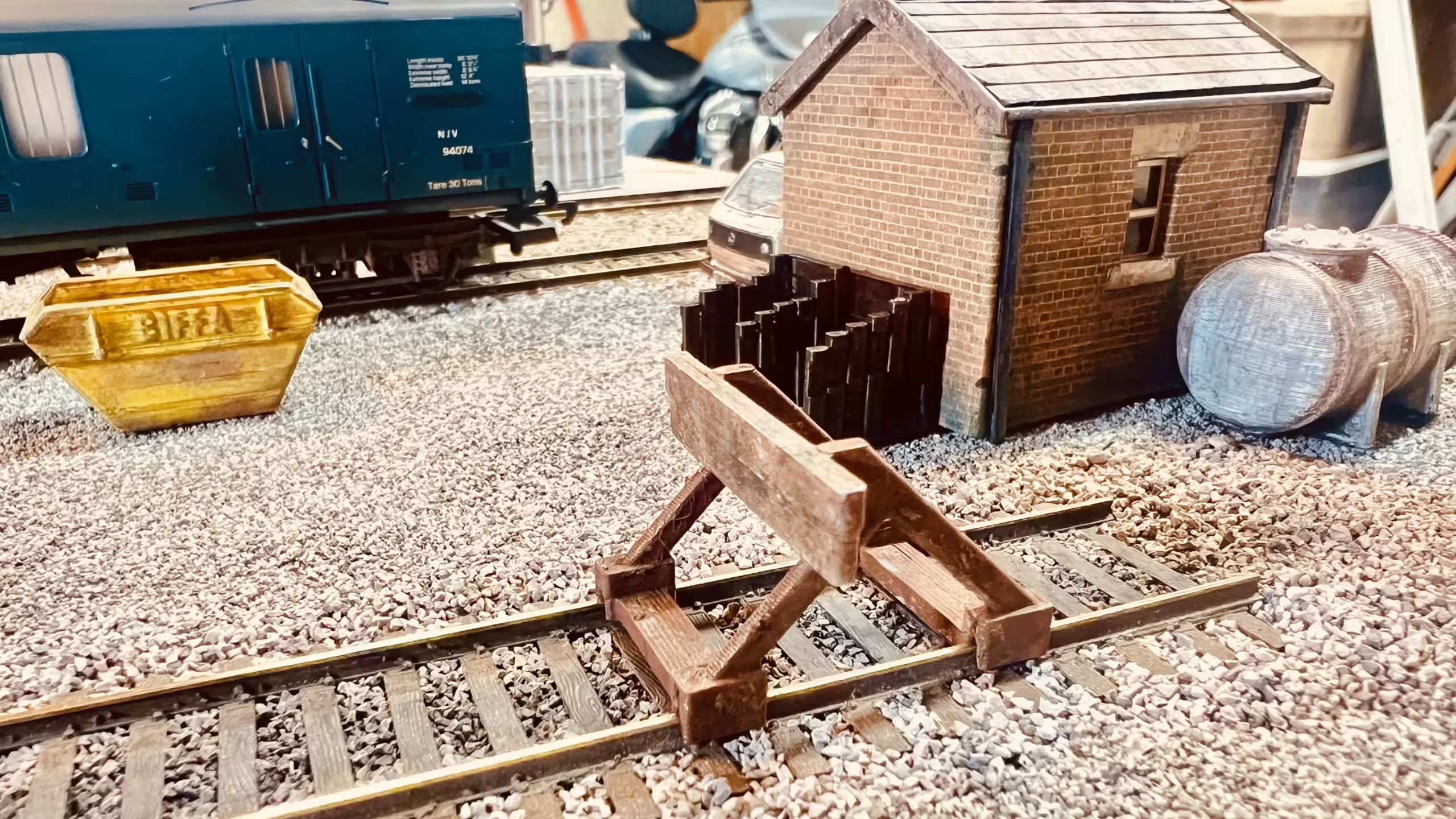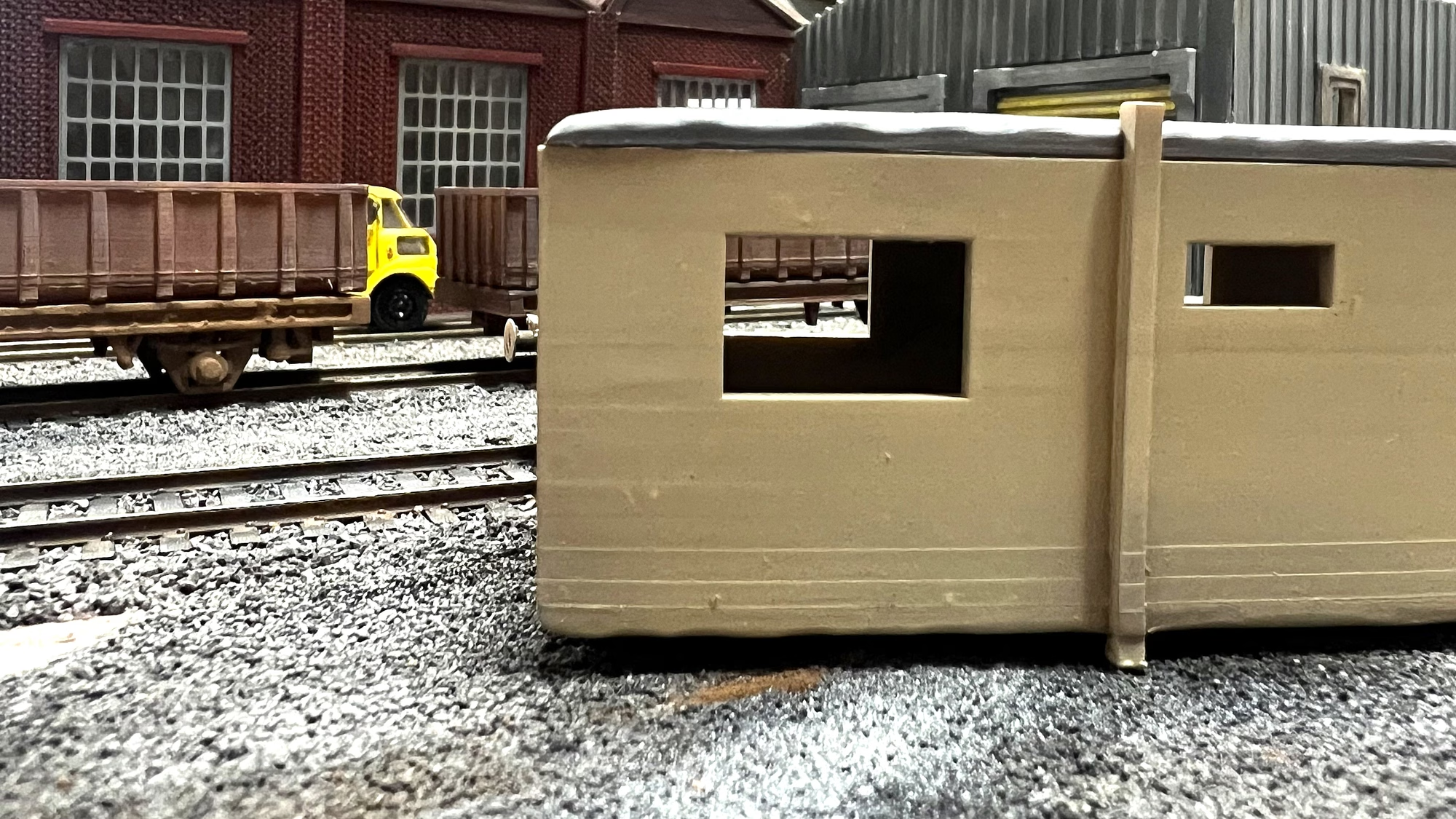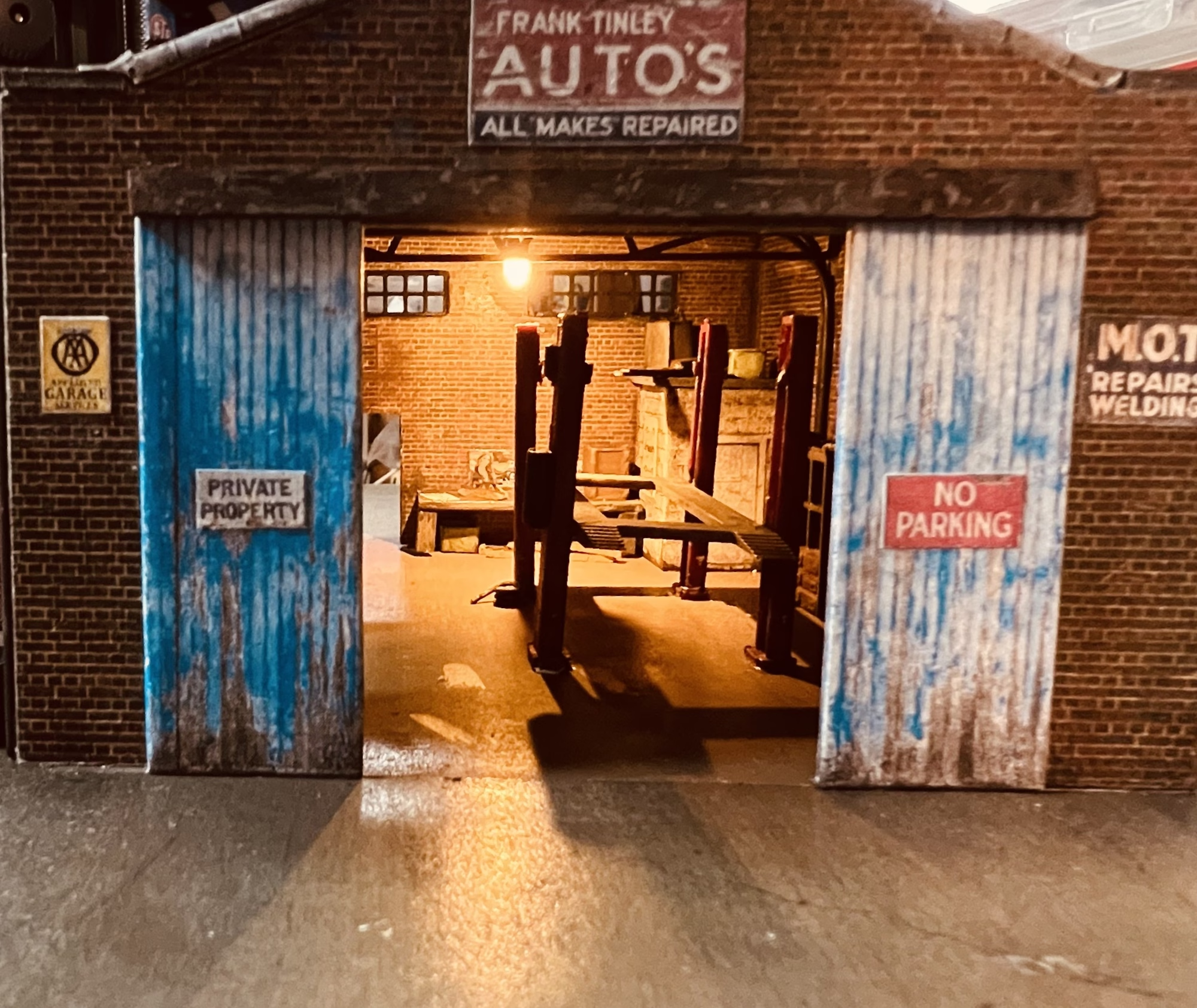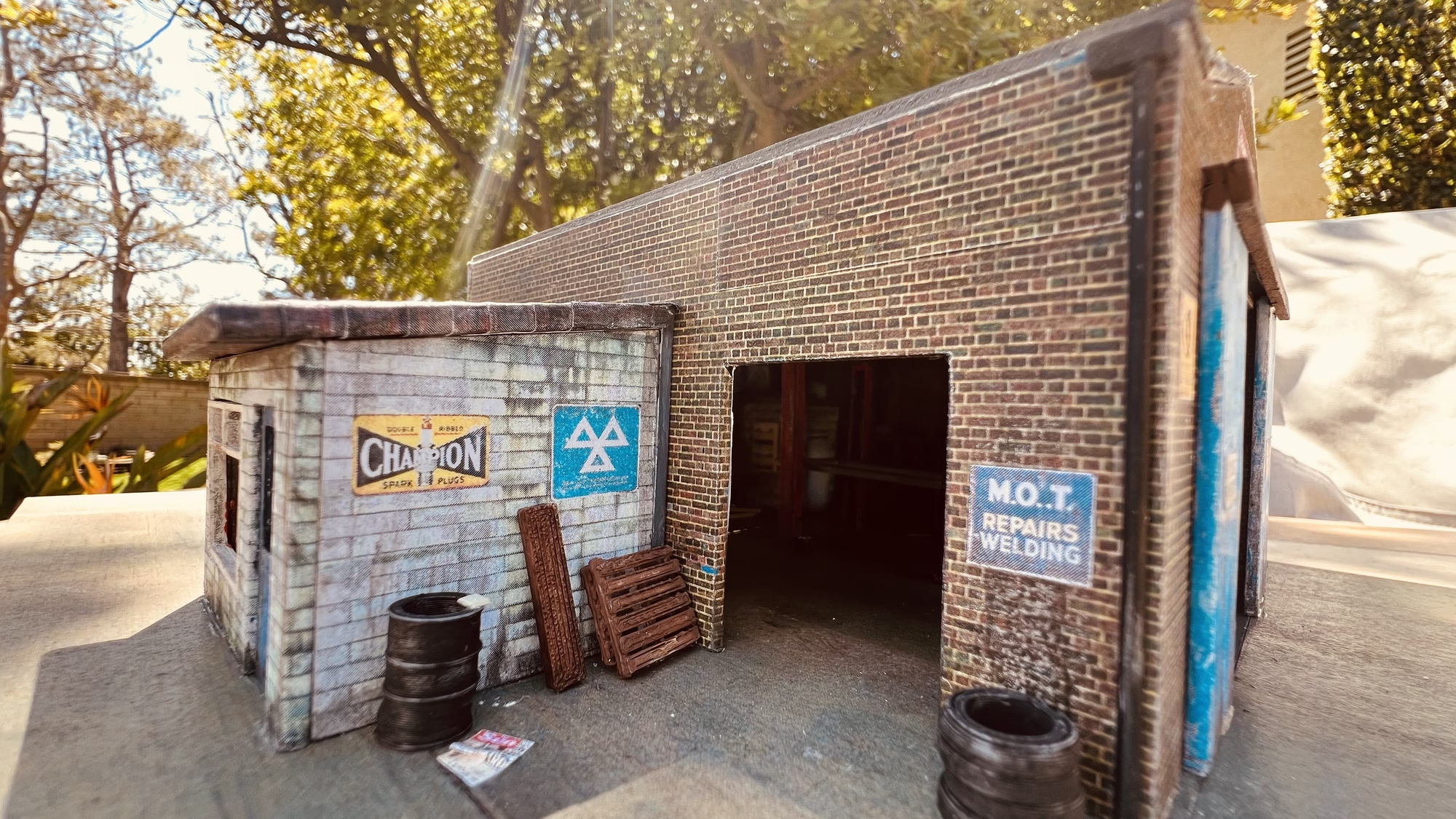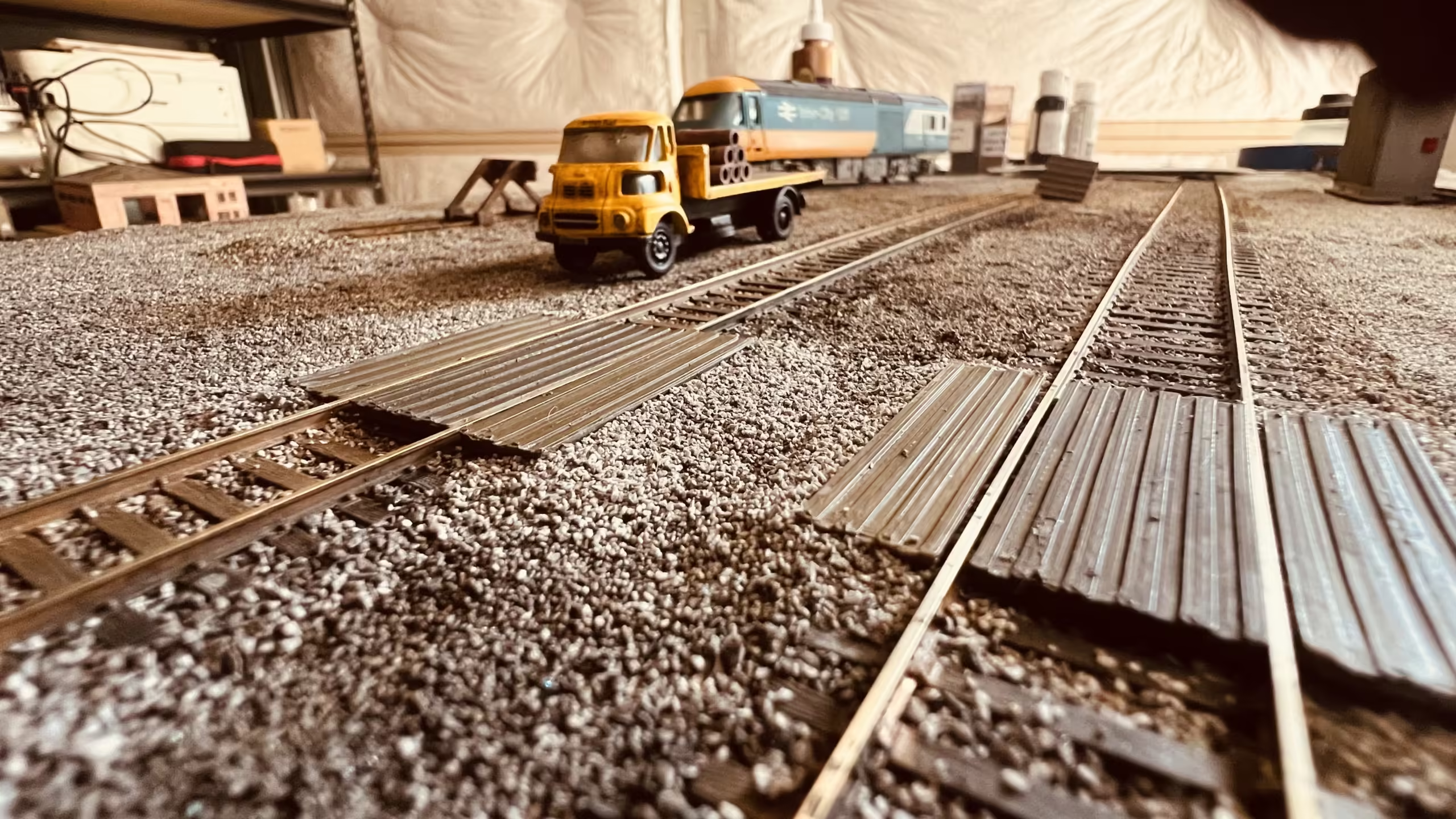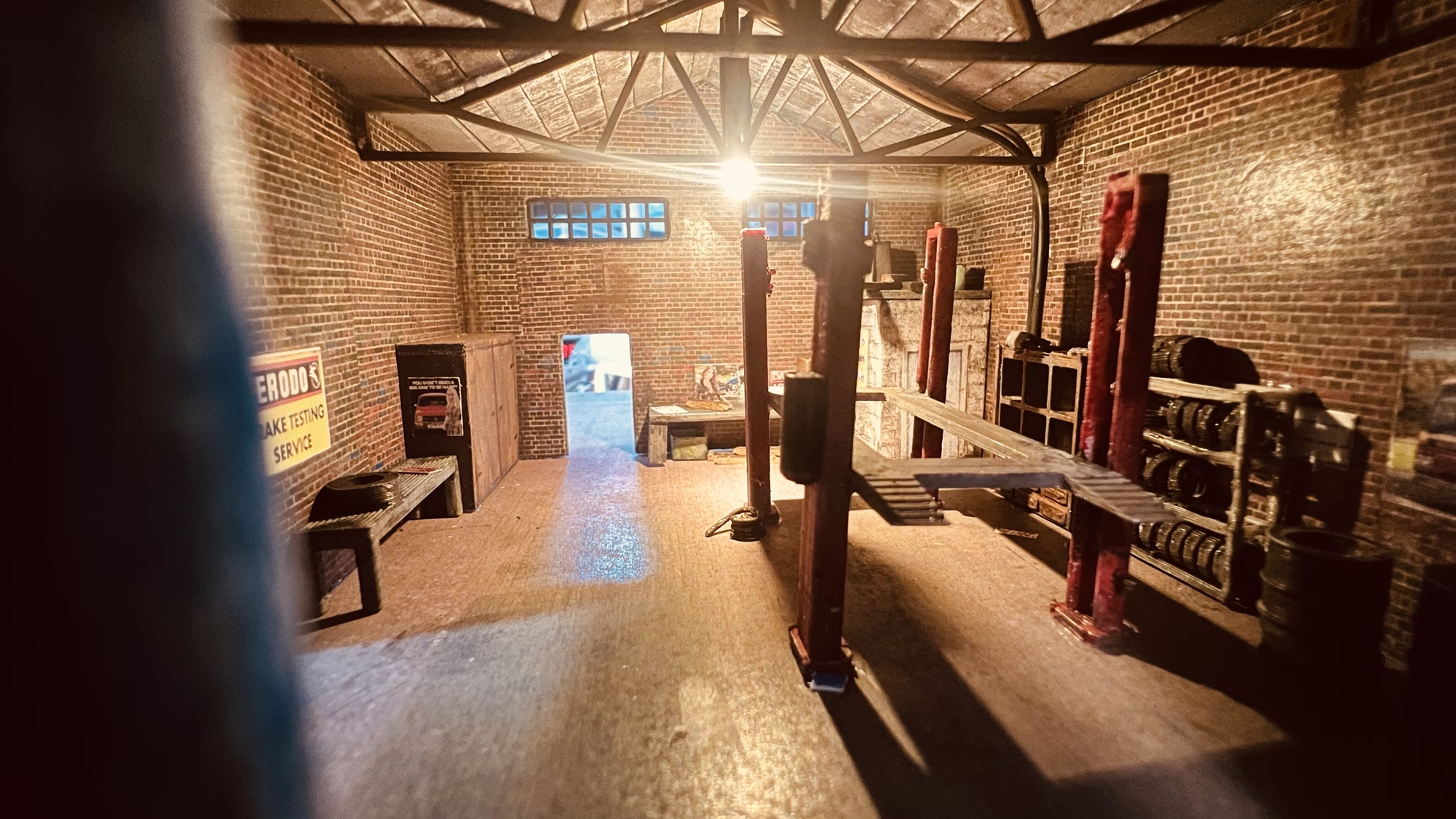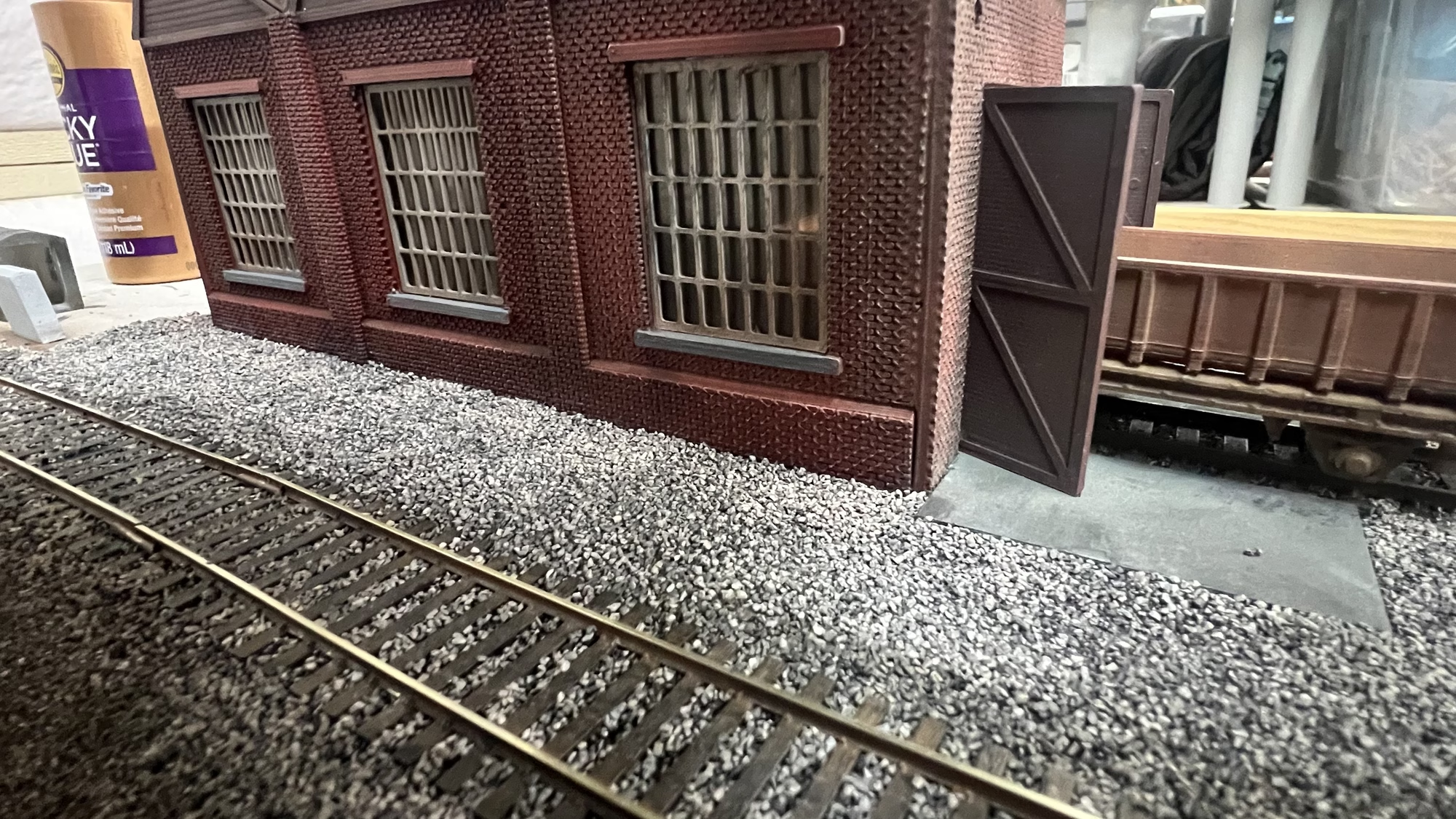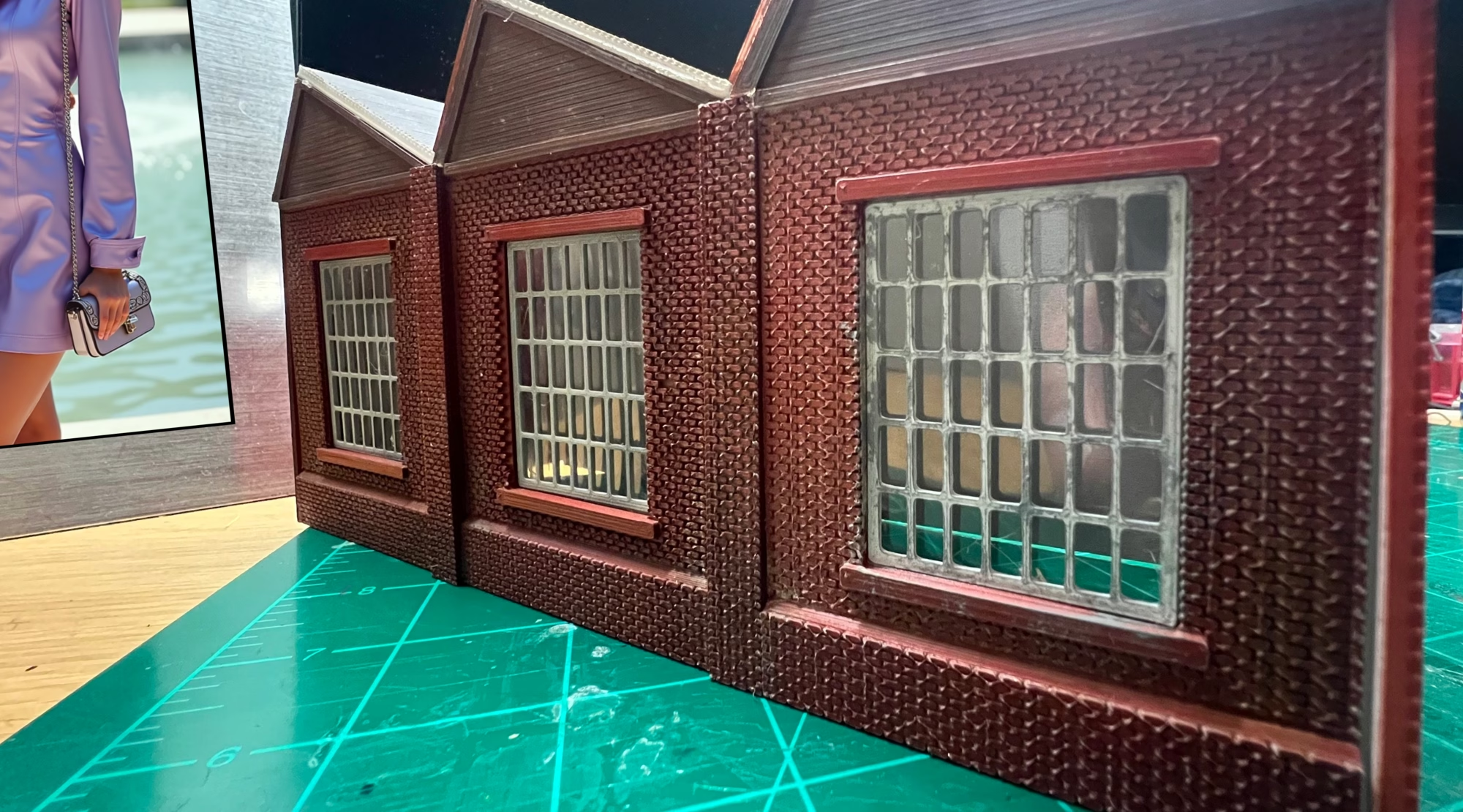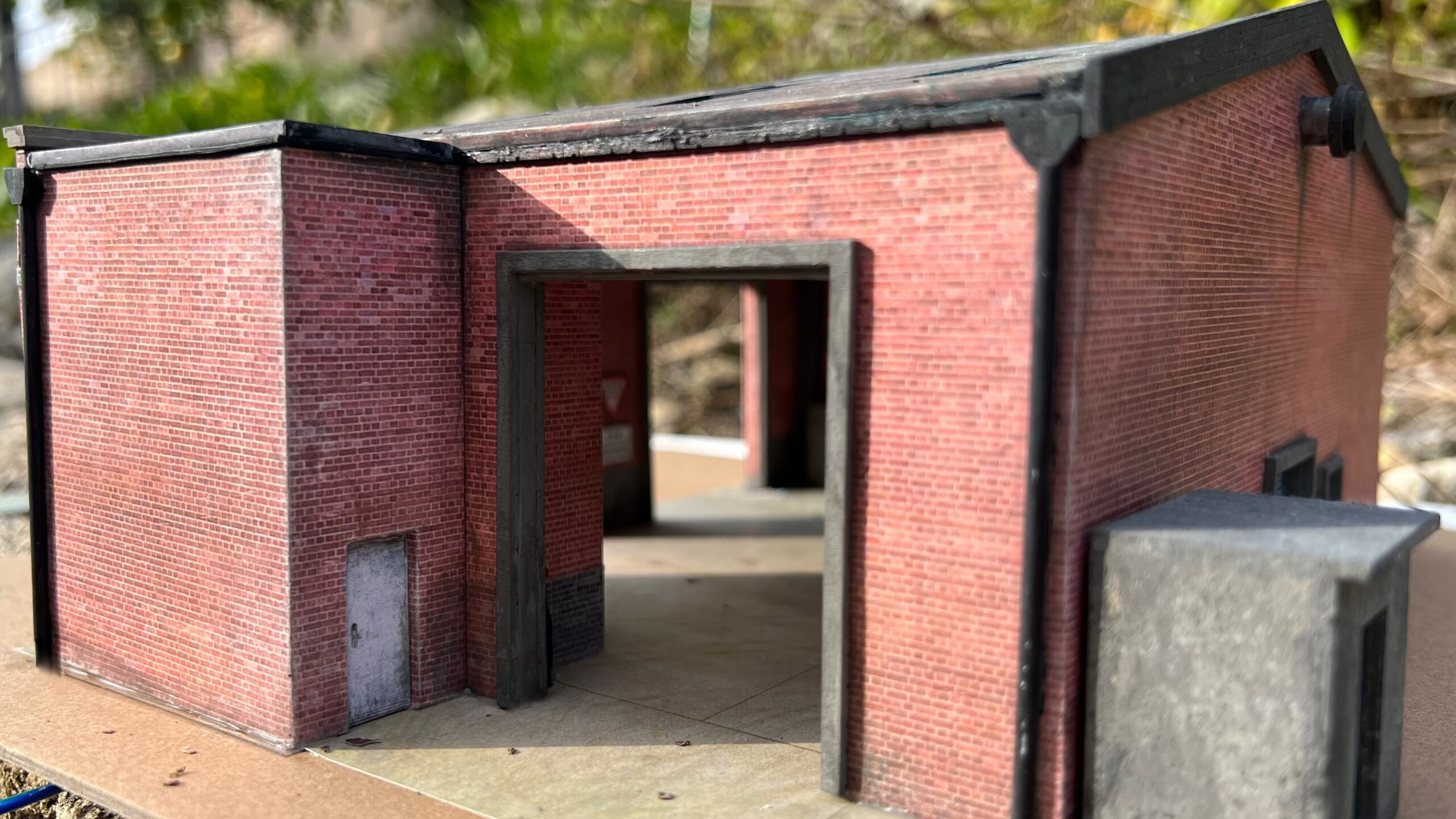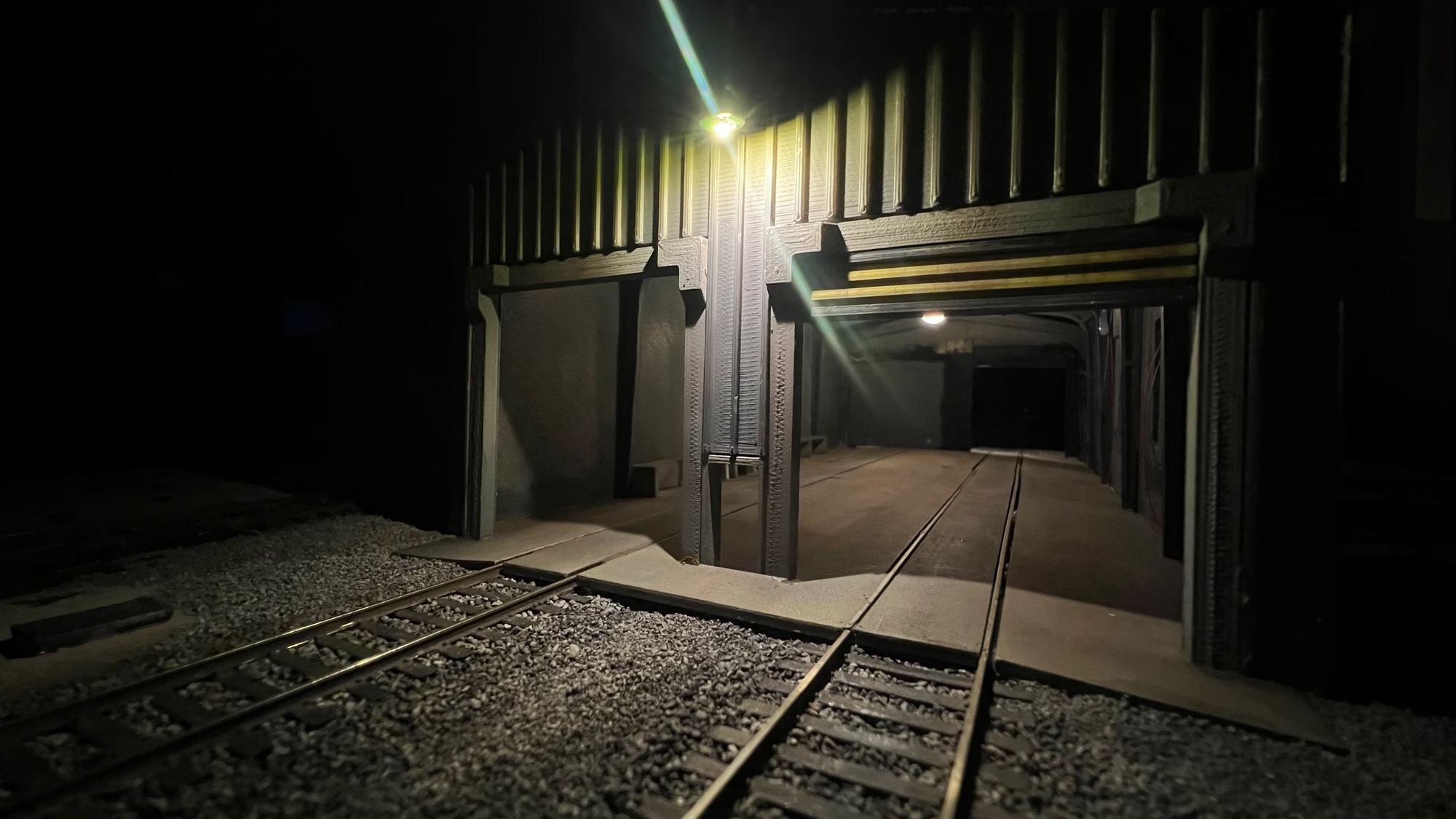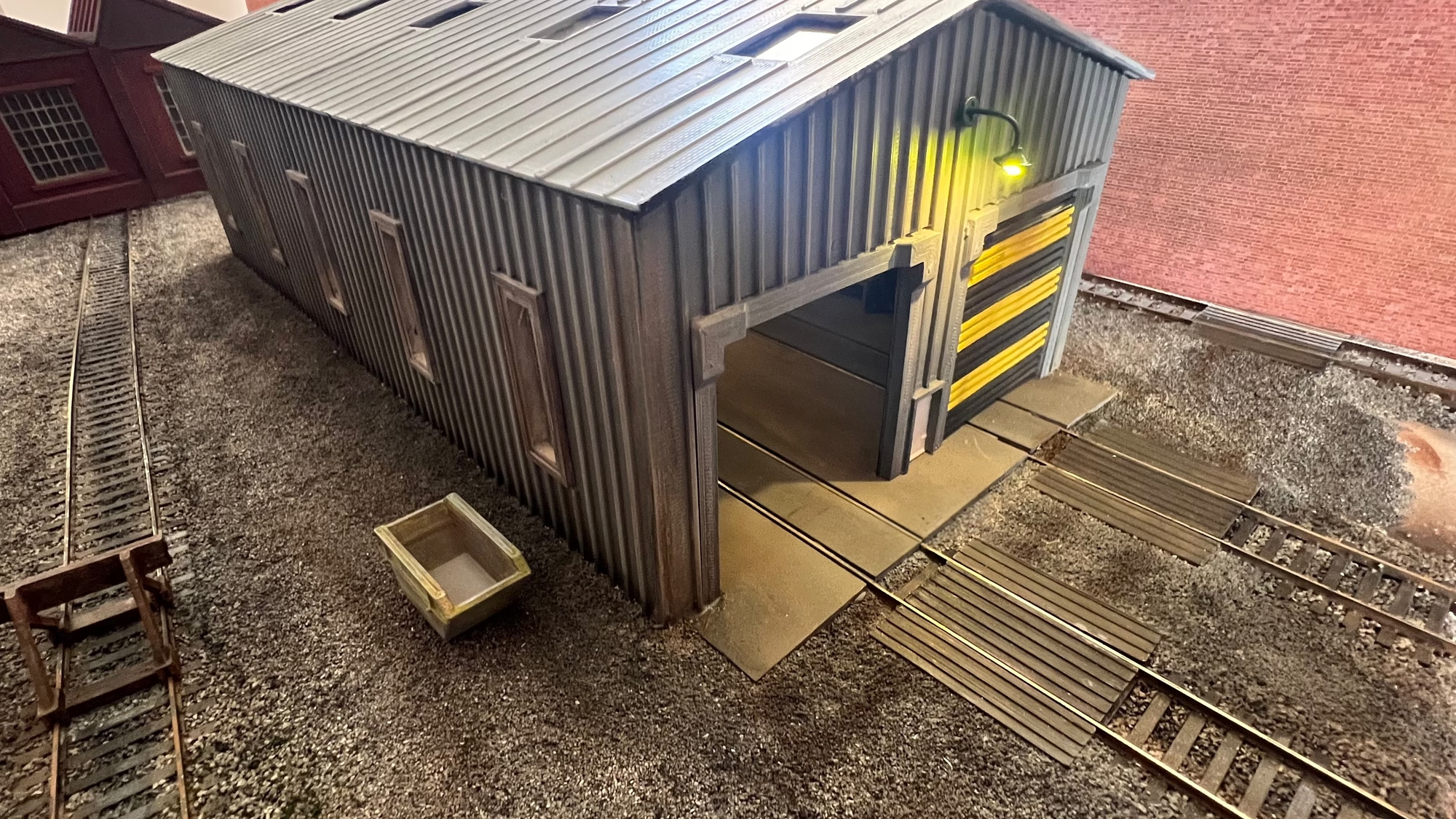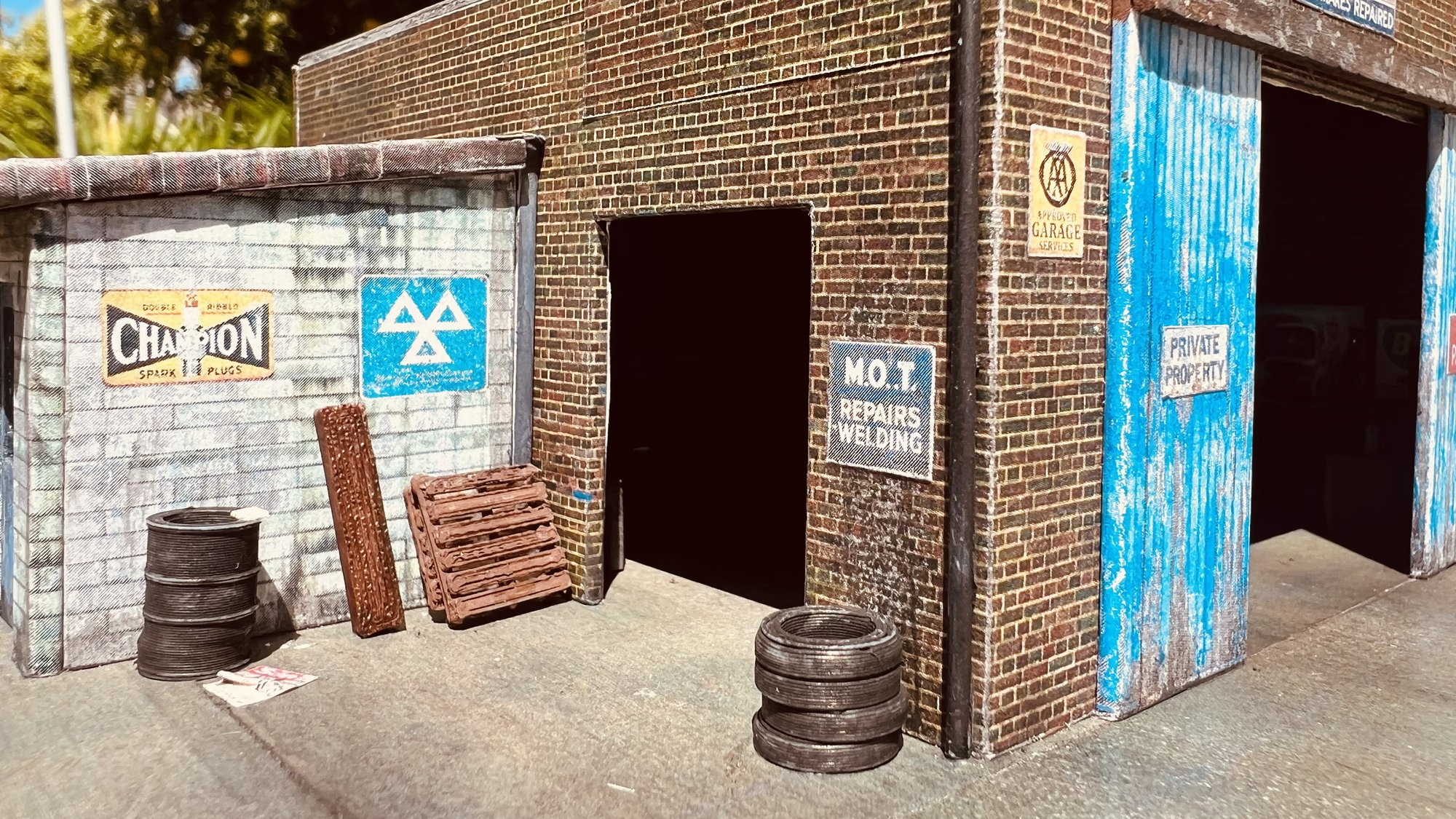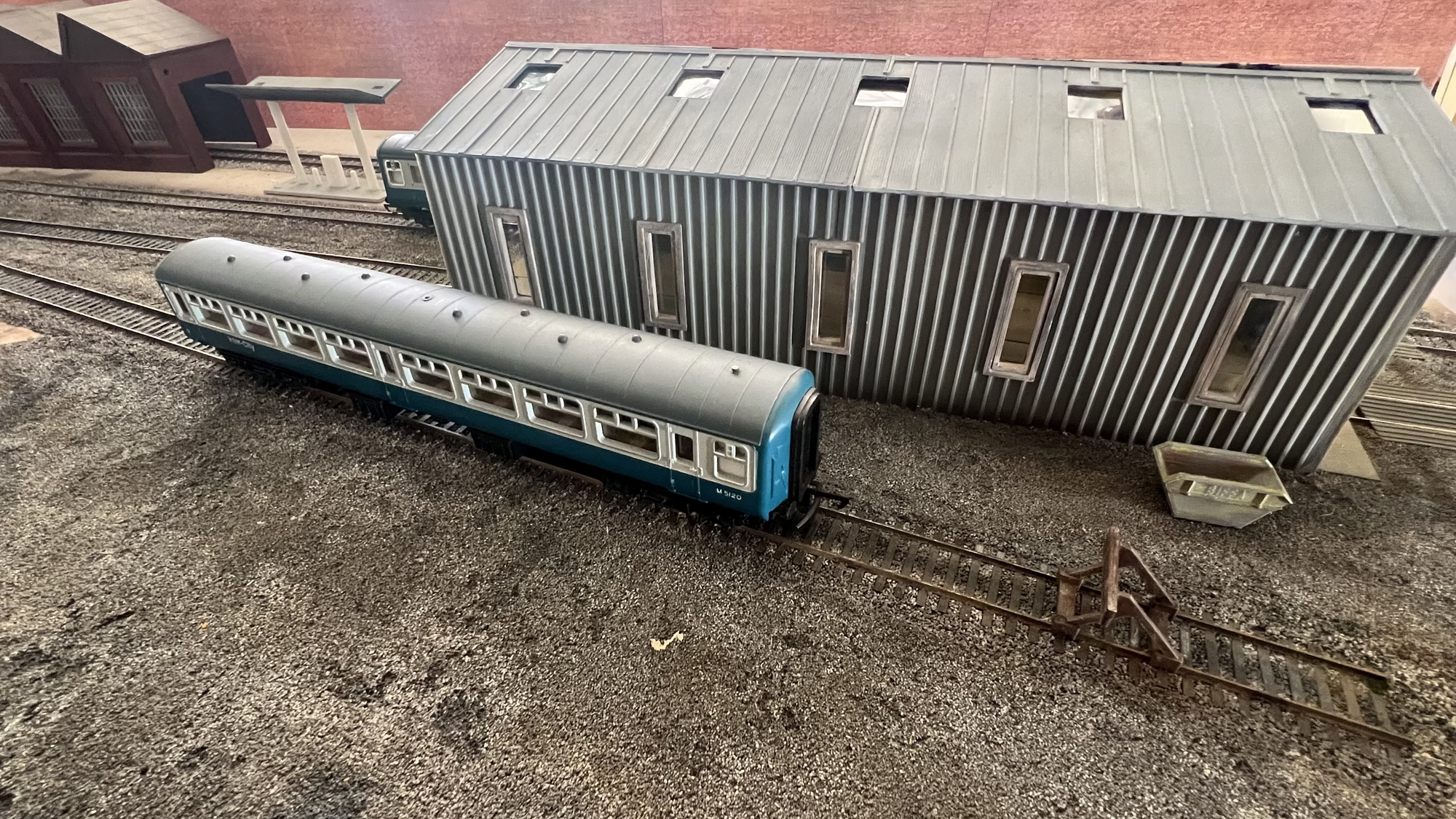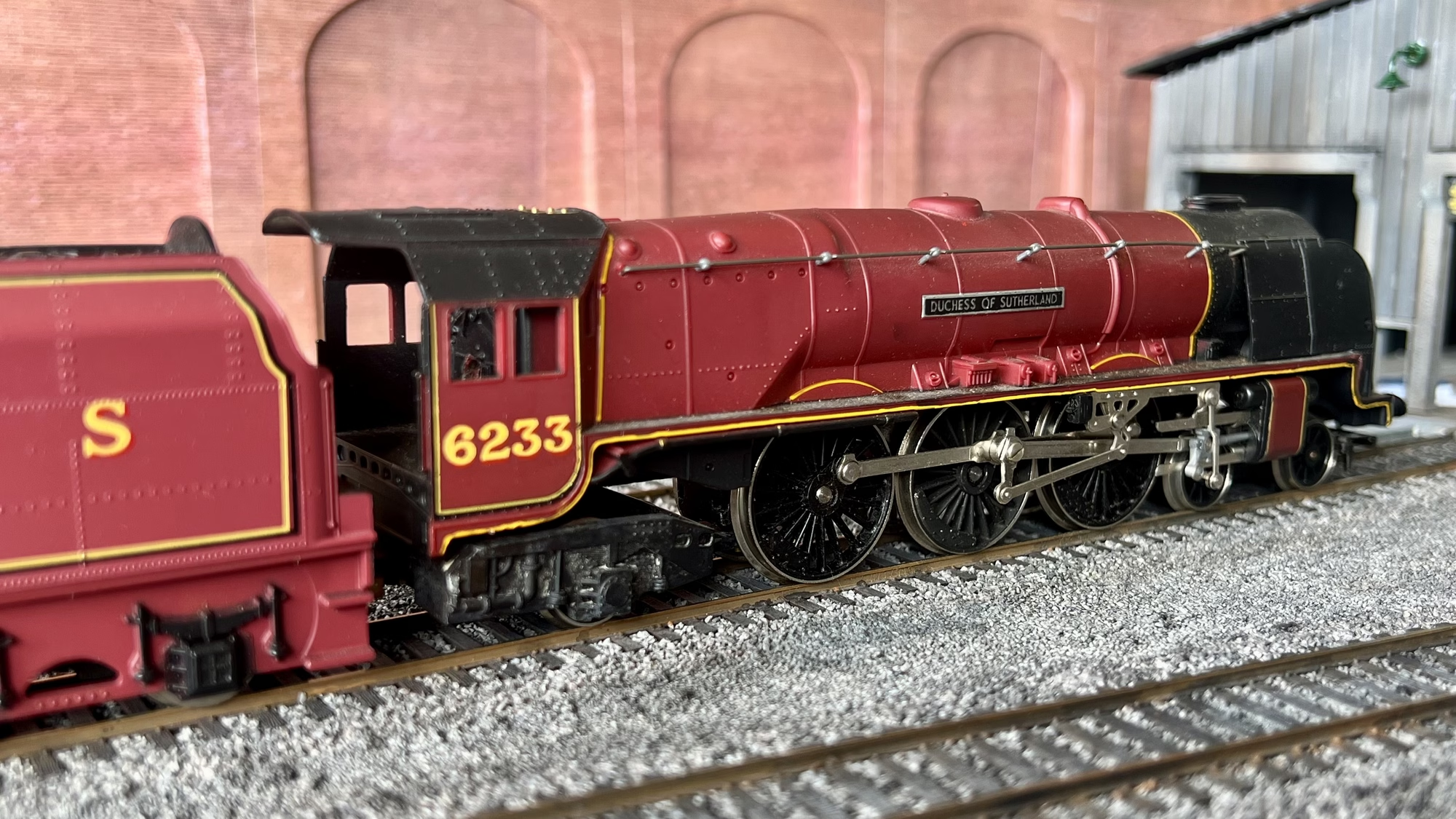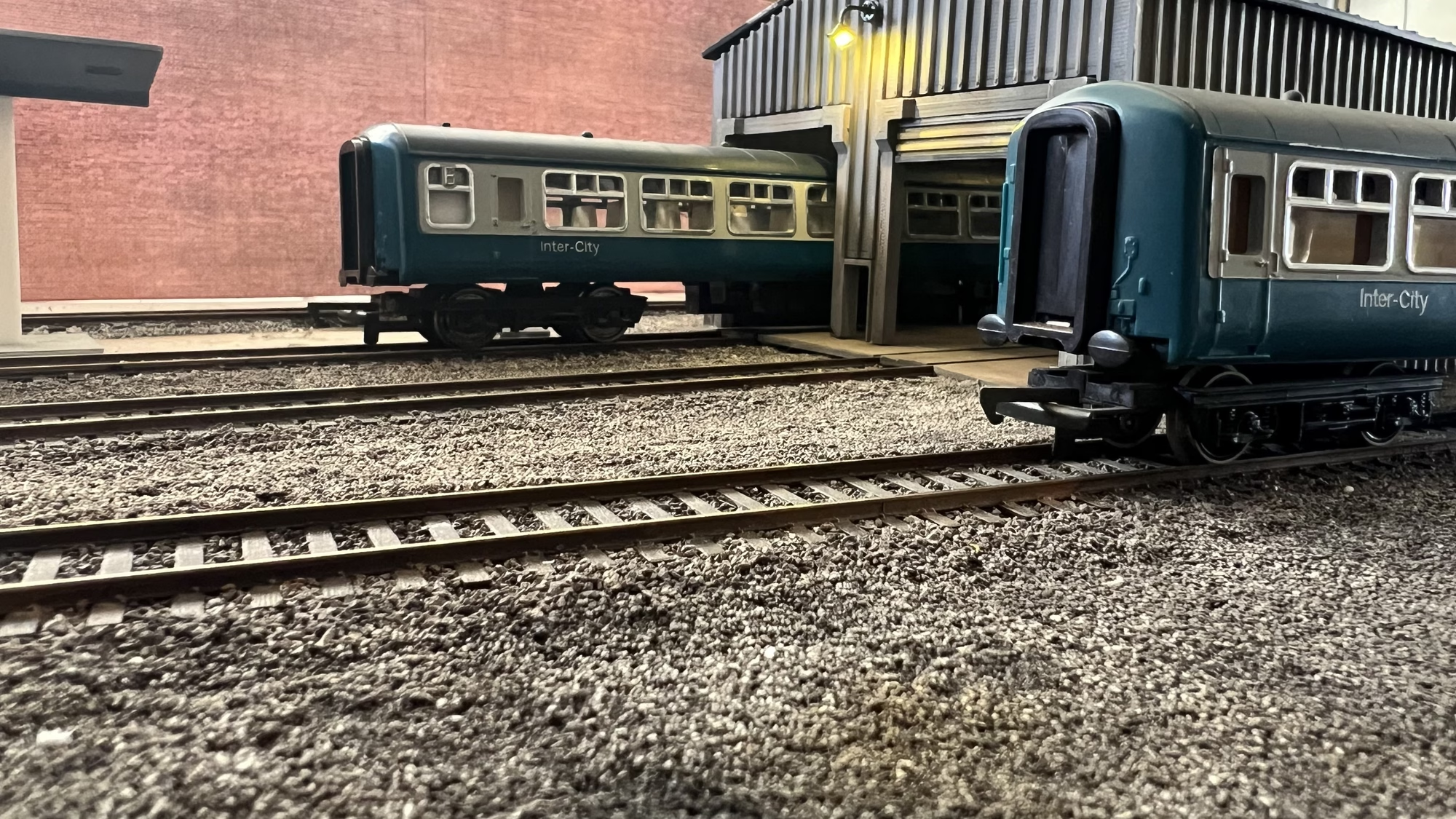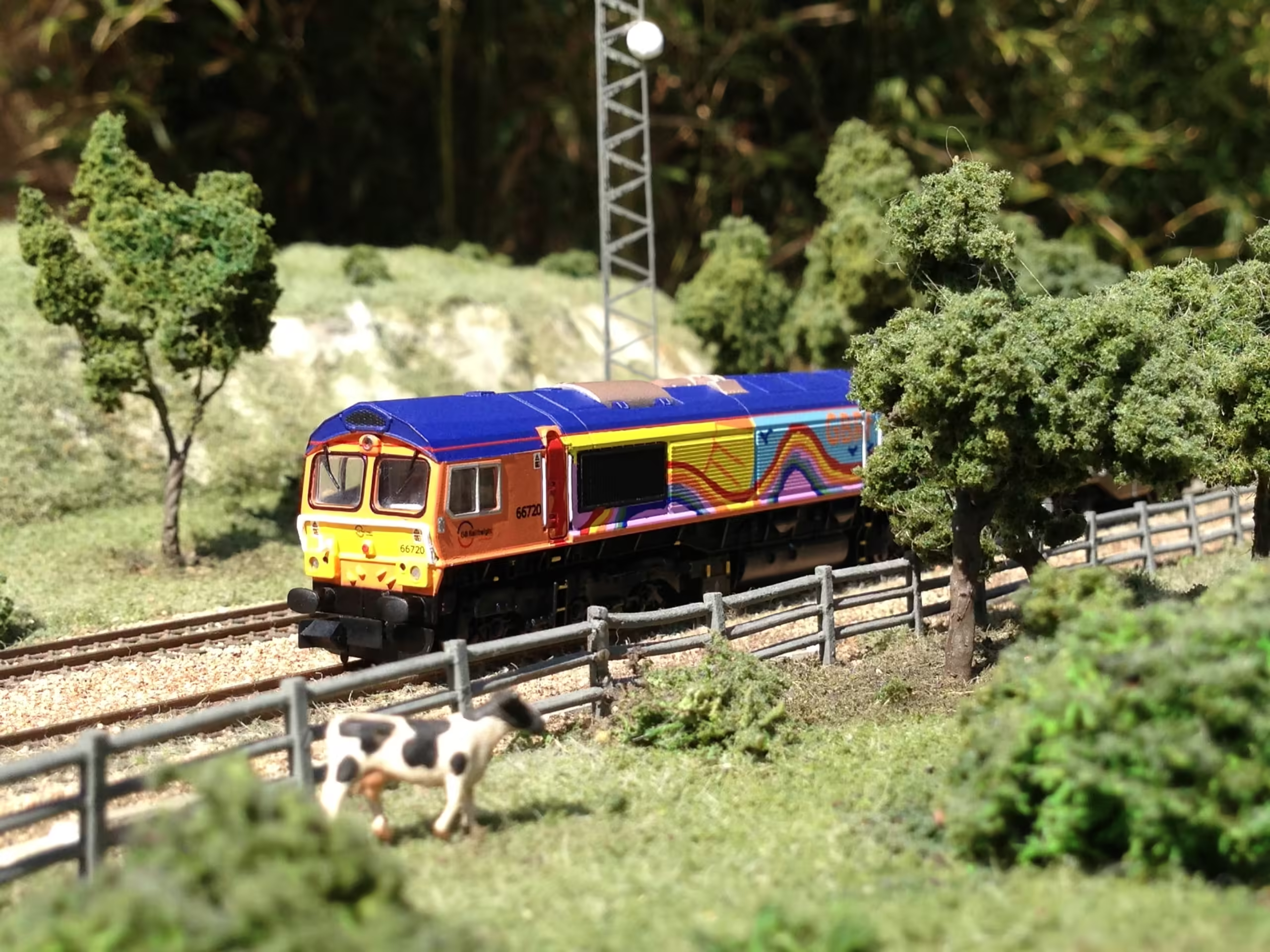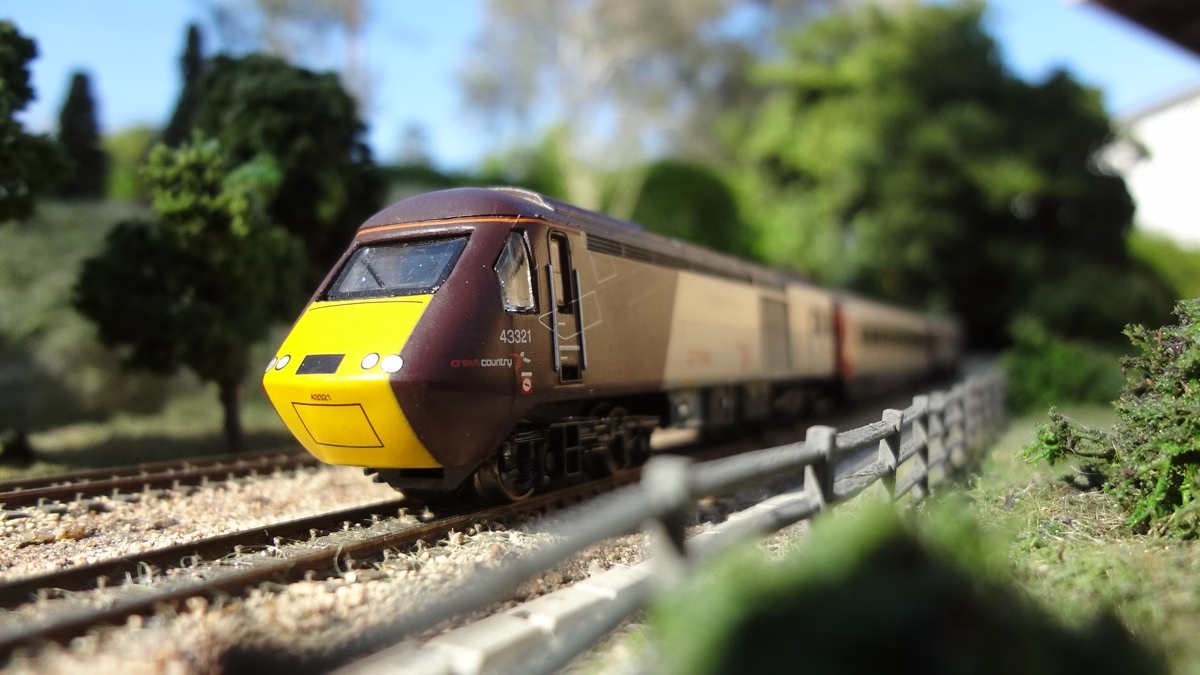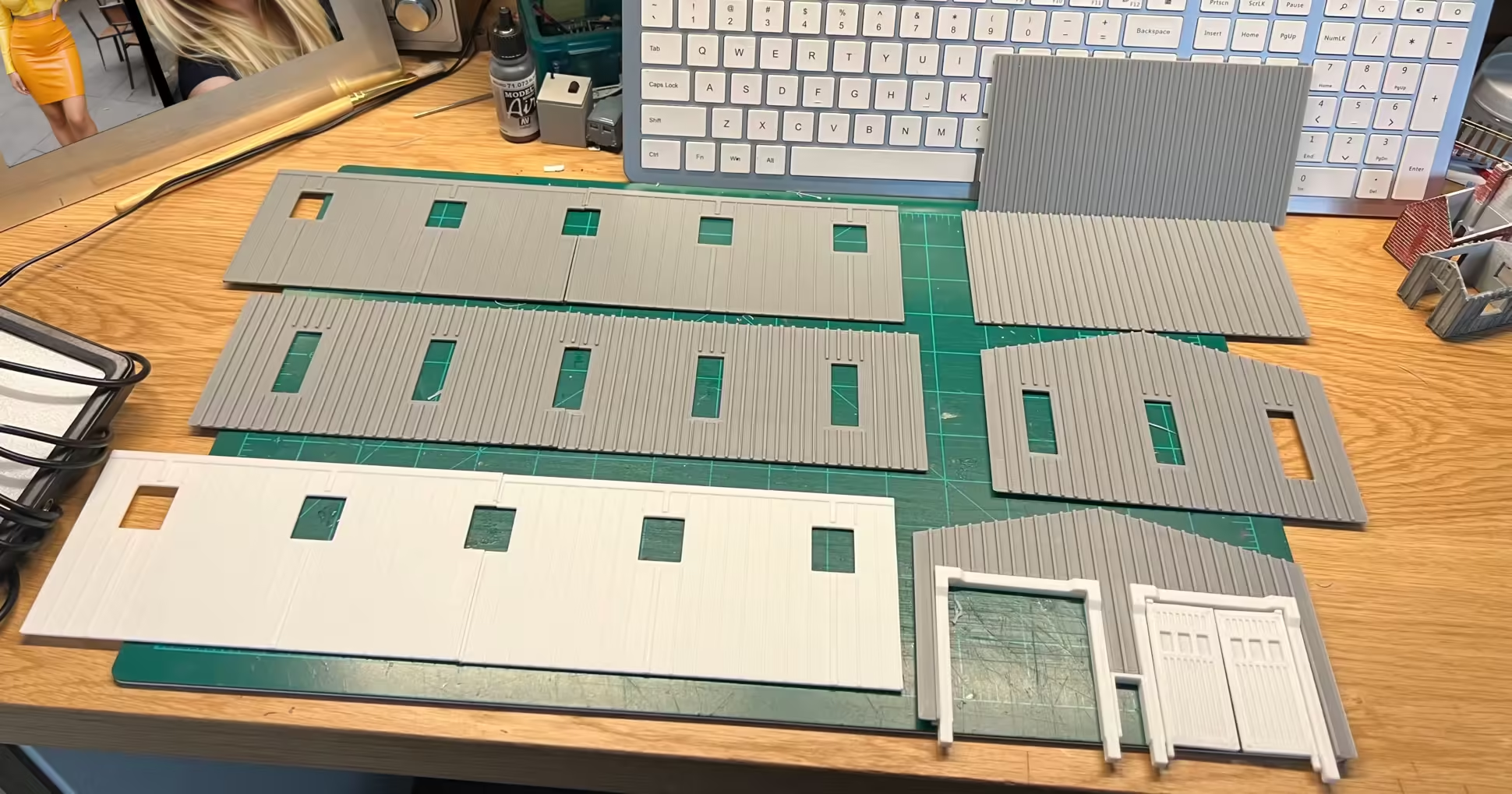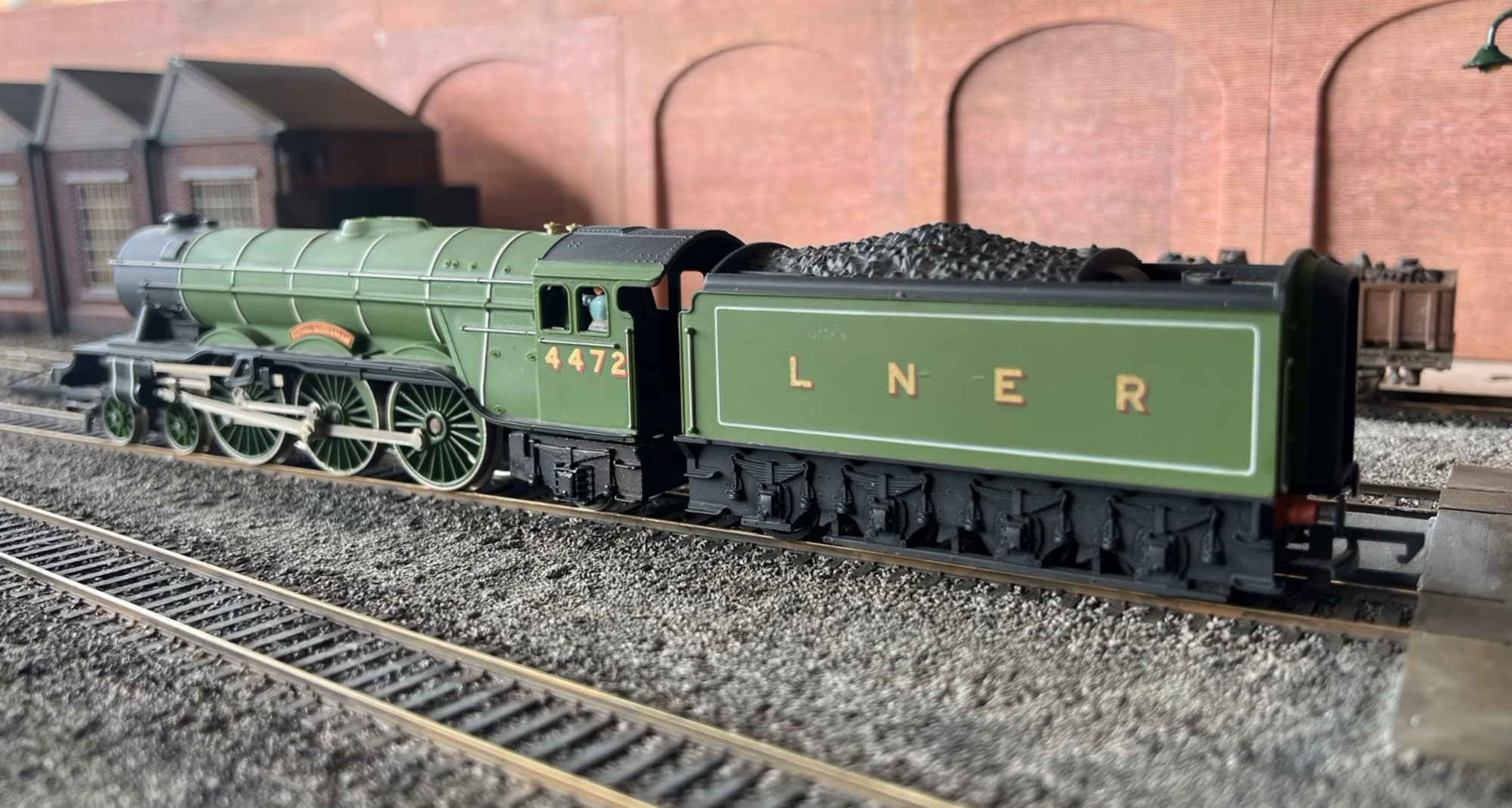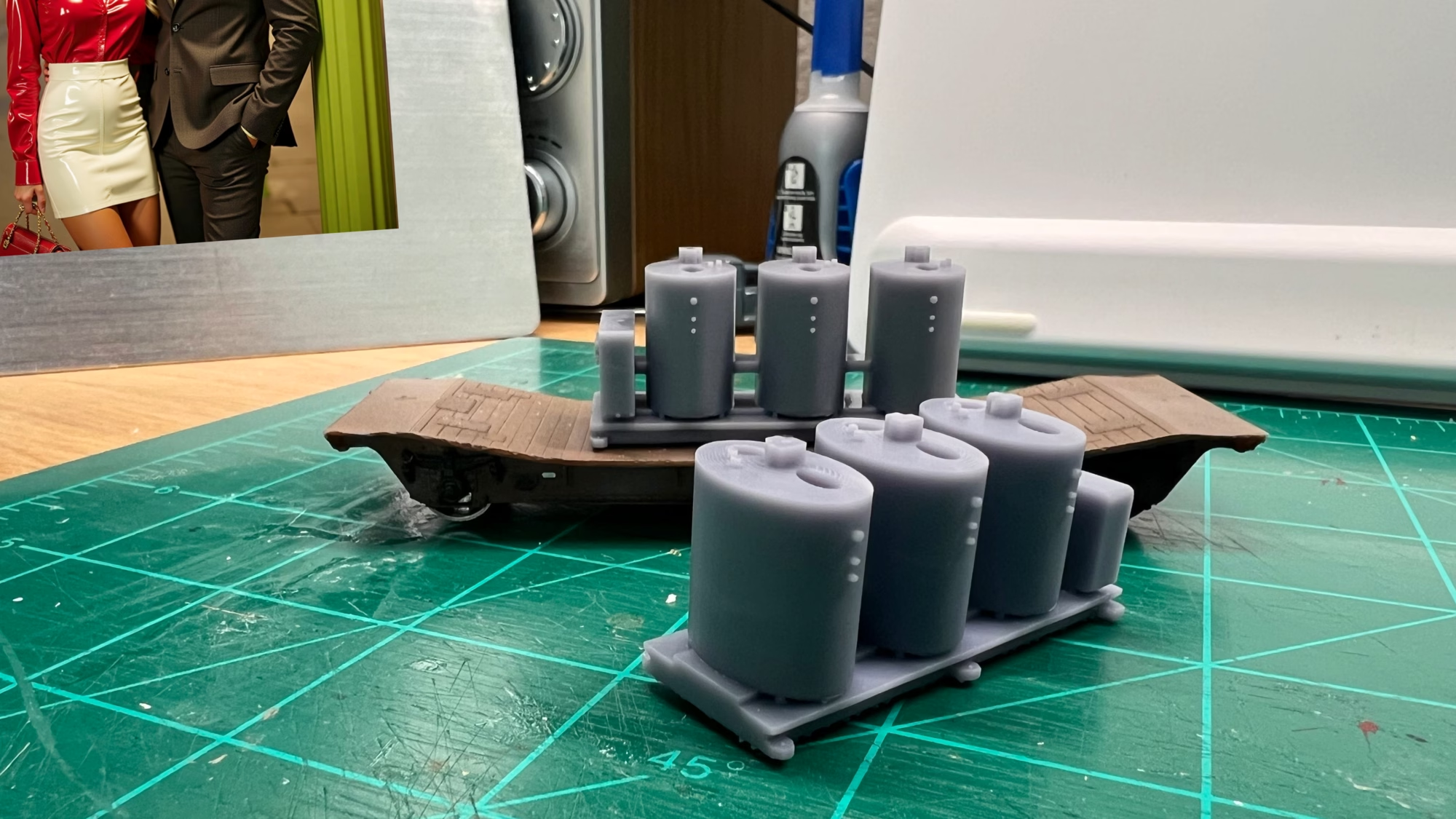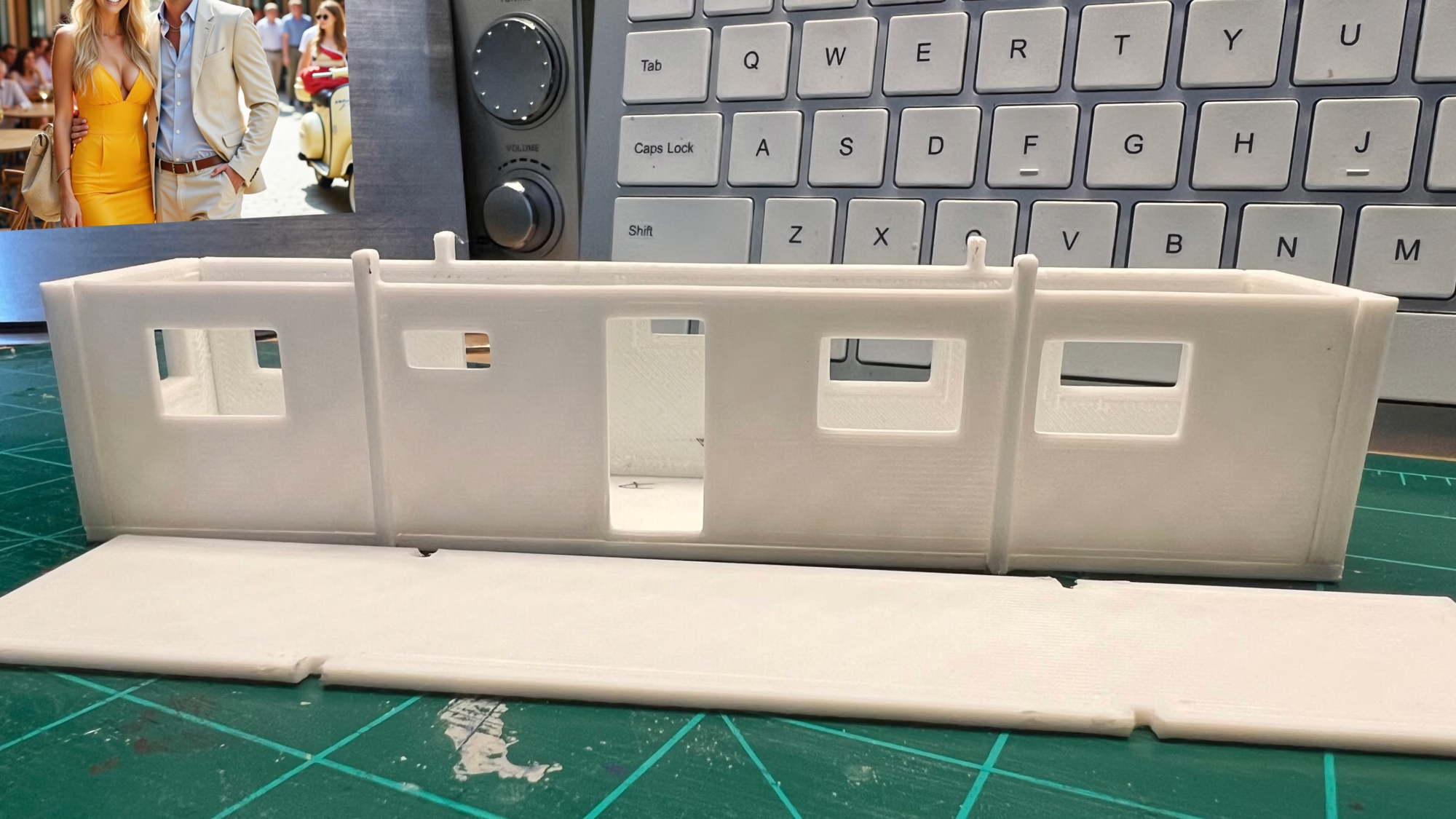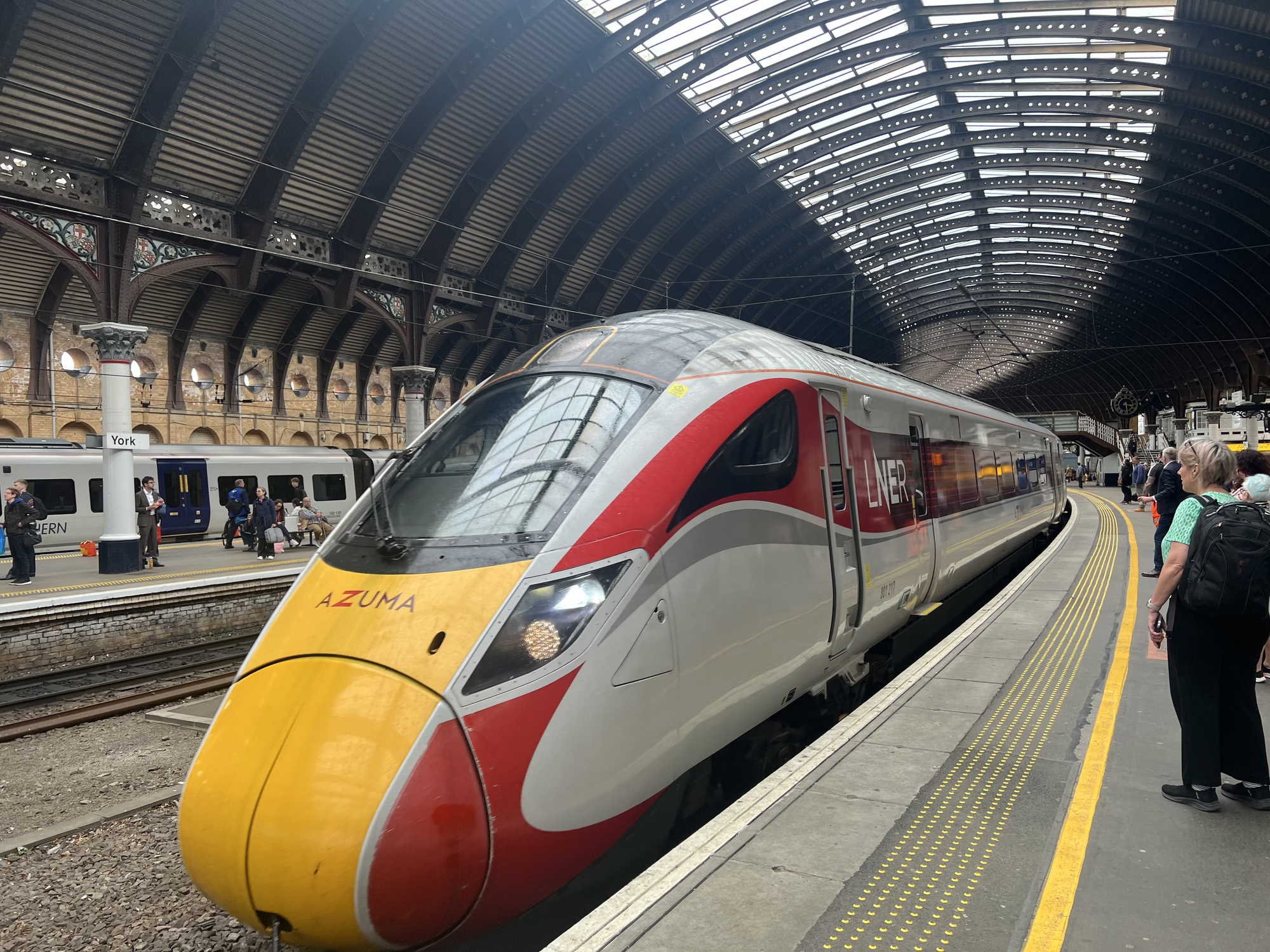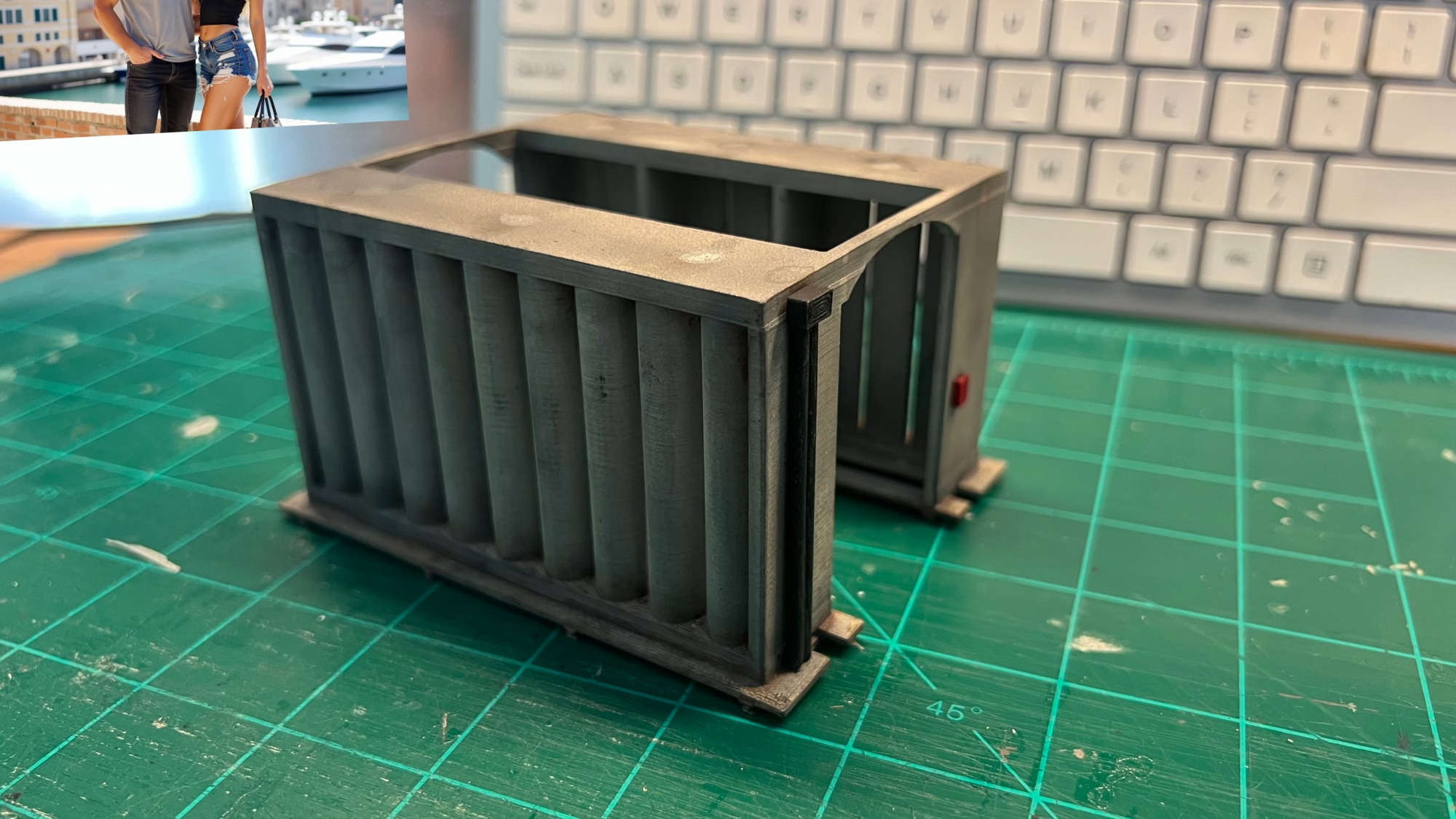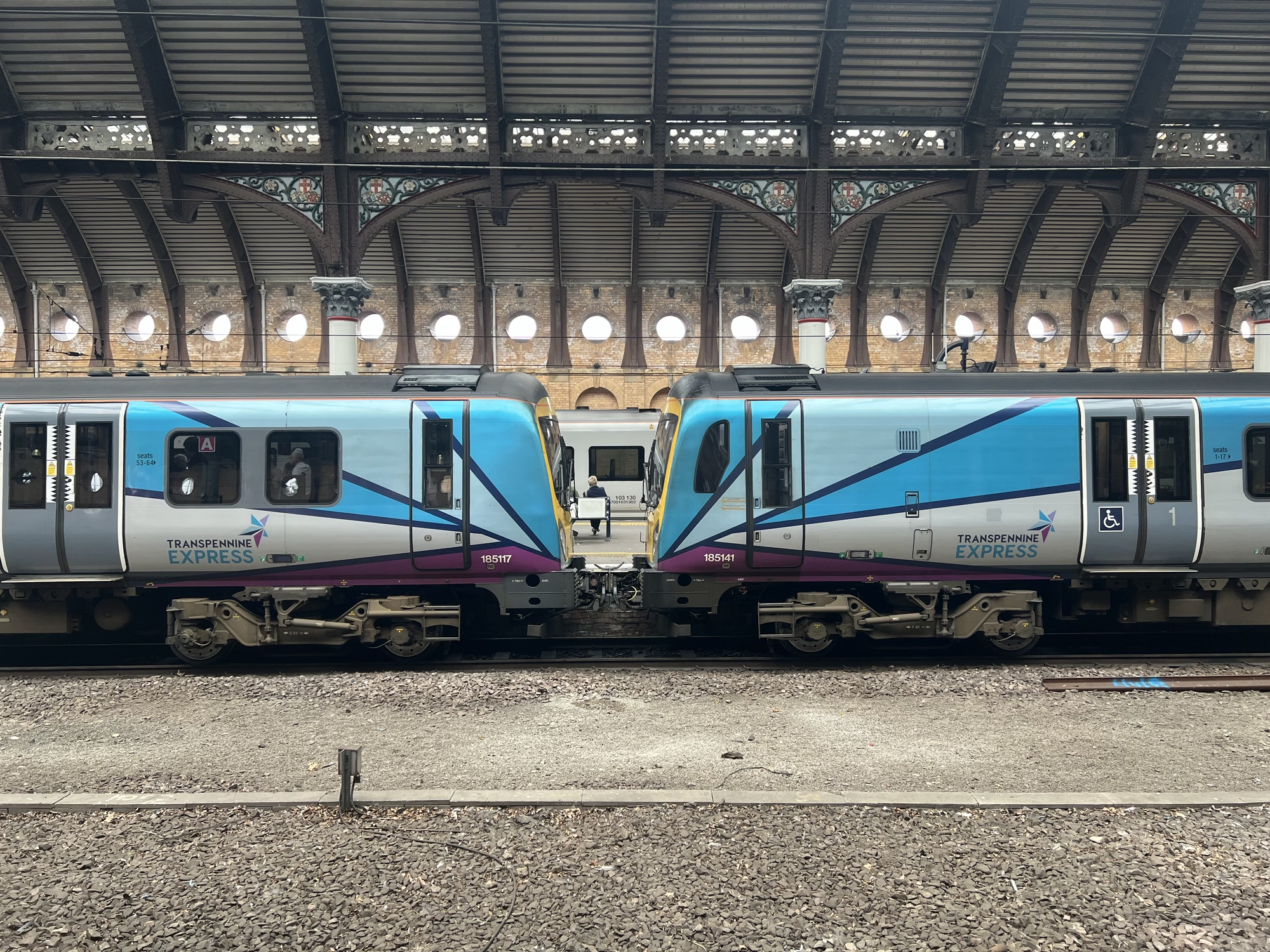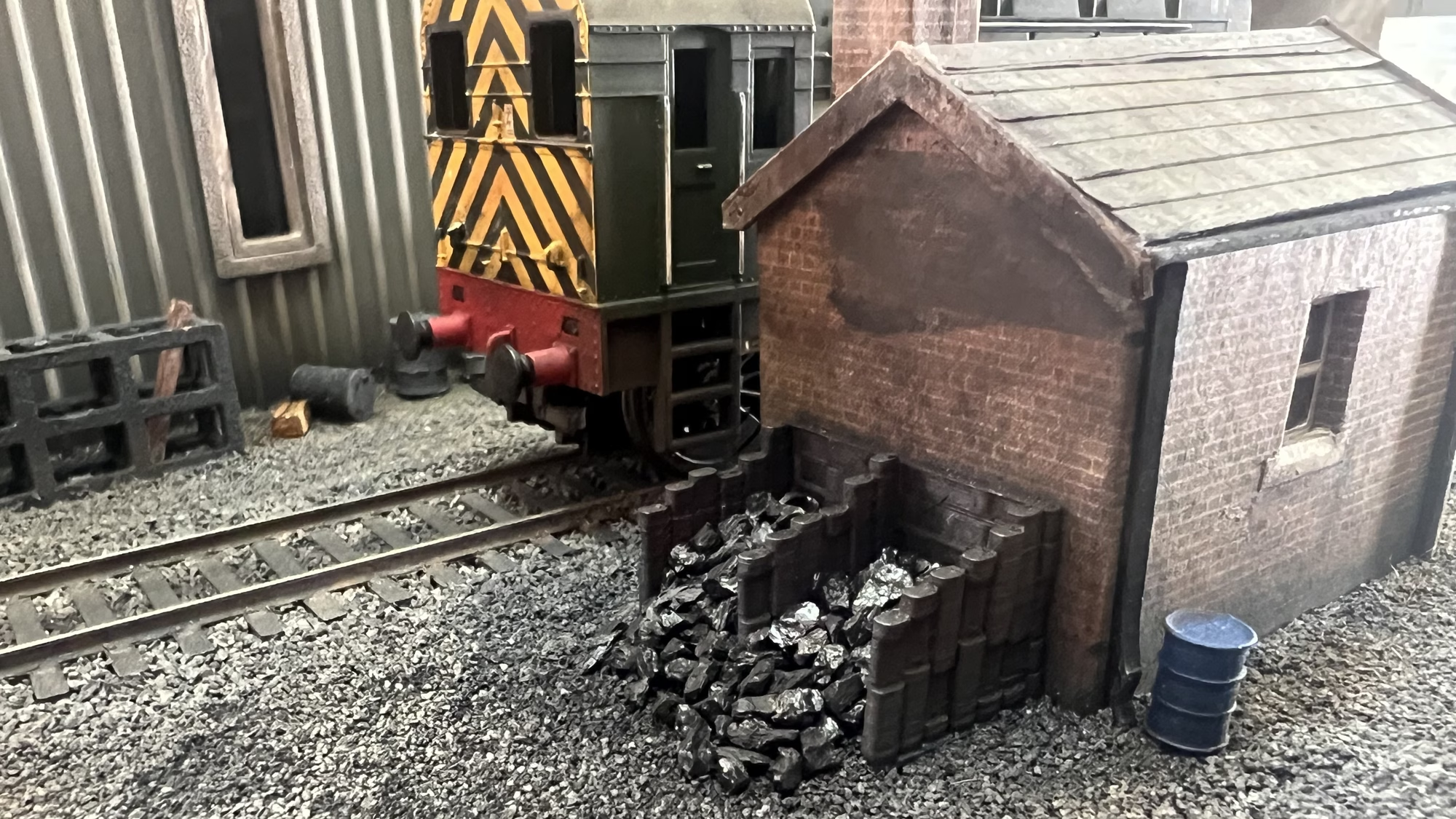What is the difference between OO Scale and HO Scale?
OO gauge, also known as OO scale (or 00 gauge and 00 scale), is a standard-gauge model railway scale mainly used in the United Kingdom. The interchangeability of Scale and Gauge isn’t really accurate as they are two different things.
“Gauge” refers to the distance between the rails on a track, while “scale” represents the proportional size of a model compared to its real-life counterpart; essentially, gauge is about the track spacing, while scale is about the overall size of the model relative to the real thing.
OO Scale:
- Scale: 1:76.2 (models are 76.2 times smaller than real-life counterparts).
- Track Gauge: 16.5 mm (distance between the rails).
- Also referred to as 4mm scale (1 foot in real life is represented as 4mm in the model).
- Most popular in the UK, Australia, and New Zealand
HO Scale:
- Scale: 1:87 (models are 87 times smaller than real-life prototypes).
- Track Gauge: 16.5 mm (same as OO gauge).
- Also known as 3.5mm scale (1 imperial foot is represented as 3.5mm in the model).
- Widely used in Europe and North America
The key difference is in size; HO scale models are slightly smaller than OO scale models. Despite having the same track gauge, the scales differ, which means that a model train of the same prototype will be larger in OO scale than in HO scale.
This allows for more detail in OO scale models, which was particularly beneficial in the early days of model railroading. Nowadays, with advanced production techniques, the difference in detail between the two scales has lessened
You can use HO and OO scale models on the same layout because they share the same track gauge. However, due to the slight size difference, some models may look mismatched when placed side by side.
However, it’s your model railway, you can do whatever you wish…

